Nikon D600 Review
The Nikon D600 is the first “entry level” full frame DSLR. This D600 review offers real world comparison photos from Nikon D600 and D700 and D7000, the two cameras to which the Nikon D600 has been (sometimes pejoratively) compared. As I presently own all three cameras, I thought these controlled tests in addition to my commentary about the Nikon D600 after using a variety of Nikon cameras over the years, would provide readers with relevant information to make an informed decision as to whether the D600 would be a worthwhile upgrade from the D7000 or D700.
2013 UPDATE: I’ve revised and added to this review after shooting with the camera for several months. Read my new Nikon D600 Review on my new travel photography website.
Obviously whether the D600 is for you is a personal decision, but rather than being anti-climactic with this review, my answer to the question of whether this camera is a worthwhile upgrade is an emphatic YES! Now that we have that juicy morsel on the table, let’s get to the review. (If you’re new to this site and wondering why the heck you should listen to some idiot on a random Disney(?!) fan-site about photography, view my Photo Gallery or check out my other Photography Reviews. I have experience with a wide range of cameras, from the revolutionary Sony RX100 point & shoot to just about every Nikon DSLR since the D40.)
The initial reaction to the Nikon D600 upon its announcement (but before anyone had actually used it) was quite polarized. It seems that regular readers of sites like NikonRumors.com have been disappointed by the camera, pointing to one spec or another that causes them to shake their collective fists. The common refrain from this group was that the Nikon D600 didn’t offer any substantial improvements over the Nikon D700 and was merely a Nikon D7000 with a full frame sensor; they begrudgingly referred to the camera as a “full frame D7000.”
Folks who don’t spend their days charting camera rumors have, generally, been much more excited about the camera, viewing it as a “D800-light” that doesn’t compromise too many important specs but is priced $900 cheaper. Interestingly, I speculate that price is the commonality between these two groups. The latter group is excited that the camera costs 30% less than the D800. The former group is disappointed that the camera costs $600 more than the rumored $1,500 price.
Of course since neither group had yet to put the camera through its paces as compared to the Nikon D7000, Nikon D700, or the Nikon D800, so all of these statements, essentially, were meaningless speculation. One might be tempted to think the best time to review a product is before touching it, but not everyone adheres to the philosophy of Mr. Rockwell. (BTW, you need to Paypal me some money if you print this out!) While I can’t help with a real comparison to the Nikon D800, I can compare it to the Nikon D7000 and Nikon D700, and hopefully offer a more realistic and objective comparison to those cameras and help other photographers determine whether the Nikon D600 is a good upgrade for them, or whether they should stick to the Nikon D7000 or Nikon D700…or perhaps skip the D600 and move directly to the Nikon D800.
Nikon D600 Specs
Here are some pertinent specifications of the Nikon D600. I assume most of you know these and will scroll right past them to get to the meat of the review, but here they are, just the same. They’ll be followed by capsule reviews of the D700 and D7000 to give folks a frame of reference, so if you only care about the Nikon D600, scroll all the way until you start seeing ISO test images. At least I’m not giving a complete manual-style overview of the Nikon D600 (if you want that, you can find it just about anywhere–I doubt most readers care).
Let’s start with the “spec” about which everyone cares the most: price. The Nikon D600 is priced at $2,100 for the body-only or $2,600 with a 24-85mm f/3.5-4.5 lens in the United States. Based on informal reports I’ve heard, it costs more in other countries after conversion, but this sounds like it’s par for the course with photography equipment. I’ve heard it costs approximately 3,450 metric “moose pies” in Canada, whatever that means. At these prices, the Nikon D600 is significantly cheaper (around 30%) than the Nikon D800, which is priced at $3,000 at the time of this review.
The Nikon D600 features a respectable 24-megapixel CMOS sensor and is capable of 5.5 frames per second in burst mode in a weather-sealed and (partially) magnesium-alloy body. The camera’s native ISO sensitivity ranges from 100 to 6400, with expanded modes as low as 50 or as high as 25,600. I don’t know many knowledgeable photographers who use these expanded modes, so consider these stats irrelevant. Of course, raw sensor and ISO information doesn’t mean a whole lot without seeing how those numbers pan out in testing (depending upon the camera, ISO 6,400 can be really clean or really, really noisy). The D600 has 39 autofocus points, with 9 cross points. Maximum shutter speed is 1/4,000th of a second, with flash sync down to 1/200th of a second. Viewfinder coverage is 100%.
Video in the Nikon D600 is pretty robust. There are a number of different video modes in both 1080p and 720p as well as frame rates ranging from 24 fps to 60 fps. HDMI allows output to an external recording device, and the camera supports headphones. In a very puzzling move, Nikon once again does not allow aperture adjustments while recording, an intentional flaw that has plagued previous cameras, but was “fixed” in the D800. At this point, it appears to be an intentional handicap placed on the camera. The Nikon D600 is smaller than the D800 and weighs less, at only 760g. It’s just a tad larger than the Nikon D7000 in size.
There are optional accessories for the Nikon D600, including a battery grip and some Wi-Fi accessories, the most basic of which, the WU-1b adapter, only costs $60. This slick little accessory plugs into the USB port of the camera and allows you to control the camera via your Android or iOS device, and to transfer photos and videos wirelessly.
Nikon D7000 & Nikon D700 Quick-Hit Reviews
Before we get to the review of the D600, here are my capsule reviews of the Nikon D700 and D7000 (click here for my full D7000 review), just so those of you who have used either of these two cameras have a frame of reference and can give my review appropriate weight.
The Nikon D700 is very similar, yet very different from the Nikon D7000. Obviously the biggest difference is the full frame sensor, but it’s also different in that it is generally more well built, and is a still-only camera. The first difference is fairly substantial, and shouldn’t be glossed over so quickly. The full frame sensor has depth of field advantages and performs quite a bit better at higher ISOs. The Nikon D700 has a better autofocus system, with 51 points versus 39 points in the D7000 (while this is often touted on paper, with only a couple of exceptions, my anecdotal experience is that both cameras have excellent autofocus). In addition, one thing that’s often overlooked about full frame cameras is that they work “better” with full frame lenses. As a wide angle shooter, the Nikon 14-24mm f/2.8 lens (my review) has always been my holy grail of lenses. However, on a crop sensor camera, this lens wasn’t so wide, and it didn’t make sense to purchase. I’ve also found that the Nikon 70-200mm f/2.8 VR is a lot more useful of a focal range (for my style, at least) on a full frame camera than on a crop sensor. Same goes for the very economical Nikon 50mm f/1.8. There’s also an inarticulable x-factor about using a full frame camera. As the word “inarticulable” suggests, it’s difficult to put into words, but just about everyone who has used a full frame camera will acknowledge that there’s just “something” about using it. Call it “magic” or something of that sort. The crop sensor faithful might be inclined to call it pretentious nonsense. We’re not Leica shooters, after all!
As far as similarities go, the overall image quality between the two cameras is pretty similar. In my experience, the newer Nikon D7000 has a slight advantage in dynamic range, which is likely a product of its lower native ISO, but otherwise the cameras are pretty comparable…minus that whole “full frame” advantage the D700 has and the “able to shoot video” and dynamic range advantages the D7000 has. The D7000 also has a 100% viewfinder (versus 95% in the D700), has 2 SD card slots (versus 1 CF card slot in the D700), and is a 16-megapixel camera (versus 12-megapixels in the D700). Oh, and the Nikon D7000 is presently about $1,000 cheaper at some retailers.
Overall, I feel that the Nikon D7000 and Nikon D700 are both excellent cameras. As a bit of background, I originally upgraded from the Nikon D40 to the D90, and then from the D90 to the D7000. The biggest upgrade there (besides to the D40 in the first place) was from the Nikon D40 to the Nikon D90. I’ve since tested a number of Nikon cameras, and I’m convinced that the D90, in its day, was one of the most “revolutionary” cameras that Nikon ever made. The Nikon D7000 wasn’t as much of an upgrade, but as I used it more, I began to appreciate more of its features, like the viewfinder, dynamic range, dual SD card slot, and ability to use non-CPU lenses (which was great since one of my favorite lenses is the Rokinon 8mm fisheye lens (my review)). The D7000 also had a layout I really liked, and offered more customization of external buttons and has allowed me to miss fewer shots. That’s huge, and I’ve come to really love some of the things I can do with because of that customizability.
I decided to add a Nikon D700 to my lineup, and relegate the D7000 to “backup” camera status specifically so it would make sense for me to get the Nikon 14-24mm f/2.8. Once I started using this camera, I fell in love with full frame (something I previously doubted I ever “needed”), as well as the robust feel of the Nikon D700. It offered many of the same customization options as the D7000, but some were a bit more “clunky.” Its images are cleaner at high ISOs, but didn’t offer as much dynamic range, which gave me a bit less latitude when editing (I try to avoid doing multiple exposure HDR processing–what can I say, I’m lazy!). Despite this, and thanks to the full frame sensor, there is still something about the full frame images that just look more visually pleasing. It’s that x-factor. While I am still a fan of the Nikon D7000, by itself, the upgrade to the full frame sensor from the crop sensor is worth the additional $1,000 in price.
This provides a nice segue into the rest of the review, as many people have rhetorically asked whether it’s worth $1,000 extra to upgrade from the Nikon D7000 to the Nikon D600, assuming that it’s not. I assume all of the people saying this are crop sensor users, because my take, and the take of most full frame shooters with whom I’ve spoken, is that a full frame sensor is absolutely worth $1,000 extra.
And, of course, this assumes that the only upgrade from the Nikon D7000 to the Nikon D600 is the sensor, which absolutely is not the case.
Head-to-Head Test Images from the Nikon D600, D700, and D7000
There’s been a lot of text up until this point, so let’s jump right into the sample images with some explanatory text and my impressions after that. I tested all cameras from their native base ISO up to ISO 6400. Expanded ISO is a gimmick in my eyes, and I see no point in testing it.
The first image in each set is a 100% crop, followed by the full image. All images are straight out of camera jpgs, with no noise reduction (in camera or otherwise):
D600 – ISO 100
D600 – ISO 400
D600 – ISO 800
D600 – ISO 1600
D600 – ISO 3200
D600 – ISO 6400
D700 – ISO 200
D700 – ISO 400
D700 – ISO 800
D700 – ISO 1600
D700 – ISO 3200
D700 – ISO 6400
D7000 – ISO 100
D7000 – ISO 400
D7000 – ISO 800
D7000 – ISO 1600
D7000 – ISO 3200
D7000 – ISO 6400
I’ll discuss the ISO performance more in the review, but as you can see, the Nikon D600 begins to pull away from the other two cameras (even the full frame D700) at the higher ISOs. This is even more apparent if you do any sort of post processing on the images; I’ve never been able to do much post processing on ISO 6400 images in the past, but the Nikon D600’s ISO 6400 images have a good amount of flexibility before noise becomes an issue.
Nikon D600 Review
As you can see, the Nikon D600 is the high ISO champ. Of import is that this scene was a truly a low light shot, to show how the cameras would perform in “real” low light situations. It seems that camera manufacturers like to show off sample low light shots from well-lit scenes, which mask many of the imperfections of higher ISOs. Most of us aren’t shooting at high ISOs in bright light, so these samples are irrelevant and best and deceiving at worst.
As far as dynamic range goes, the jury is still out on that. There is no Adobe profile for the D600 yet, so it’s difficult to give an accurate assessment at this point. My preliminary take is that the dynamic range here is going to be the Nikon D600’s greatest strength. All of the images from the Nikon D600 in this review are straight out of camera (this isn’t a review of my post processing chops), but even just playing around with the files in post, I could see that I had tremendous latitude when making edits, specifically when opening up shadows and recovering highlights. Highlight recovery was much better than the D700 and light years ahead of the D7000. Likewise, shadow detail is greater than both cameras as well.
This is true even at high ISOs, which is really something. In fact, while there are noticeable differences between cameras based upon the unedited images above at the higher ISOs, the gap between those images is even greater once a little post processing is done. Keep in mind that all of this is before Adobe has released a profile for the Nikon D600. Once this profile is released, I suspect the results will be even better. This is where the Nikon D600’s real potential lies, and although it can’t really be called a game-changer as it’s “simply” a new entry into an established line of cameras, I think it’s fair to say that the Nikon D600 is a substantial entry into the Nikon full frame lineup.
Image quality is doubtlessly the most important quality of any camera. However, even before we get to image quality, even before we turn on the camera, the quality of the D600 is apparent. Yes, the Nikon D600 looks very similar to the Nikon D7000. Although it does look similar to the D7000, they’re not identical. There is some similar button placement, but there have been a number of subtle improvements, and overall, build quality is better than the D7000. The Nikon D600 felt more substantial in my hands, especially the grip, which is deeper than the D7000’s and feels better. That said, the D600 definitely does not feel the same in the hand as the D700, but it’s also a lot smaller and lighter.
In addition to this performance, there is great Auto ISO functionality that has trickled down from the Nikon D4 and D800 that is absolutely awesome for anyone who uses the Auto ISO feature (and given my shooting style, I use it a ton–my inability to customize one of my D700 buttons with fully fleshed out Auto ISO options was a huge disappointment). The Nikon D600 allows you to add yet another wrinkle into the Auto ISO calculation, and that’s focal length! We’re all (hopefully) familiar with the 1/focal length rule for shutter speed, and now Nikon allows you to apply this rule (or your a “slower” or “faster” variant thereof) when setting the shutter speed floor.
The significance of this for shooters like me cannot be understated. It means that when using my Nikon 70-200mm f/2.8 VR, I can set the shutter speed floor at auto, which will place it at 1/70th of a second for 70mm and 1/200th of a second for 200mm (in actuality, I’ll go “slower” and bank on a combination of VR and burst mode to ensure less noisy and sharp shots). For me, this feature alone is bigger than the flash sync and maximum shutter complaints that will be addressed below. If you’re a fellow Disney photographer, I suspect you’ll agree with this.
A common complaint amongst photographers is that entry level cameras feel like “toys” as compared to full frame cameras. I wouldn’t say that about the Nikon D600, unless you conflate something being large and heavy for being well built. If you strap a rock to the bottom of the D600, it will feel more substantial…if that helps you get past this “issue.” In my opinion, the D600 feels very well built without this rock “accessory,” but to each his own. In other words, the Nikon D600 is obviously lighter and smaller than the D700, but that in no way means it’s poorly built. It’s not. When paired with a nice, well-built lens like my Nikon 14-24mm, the D600 felt absolutely perfect in my hands and hanging from my Black Rapid strap.
Auto-focus has been another area of concern, with many critics who have not used the camera contending that the camera’s autofocus is as bad as the D7000. This, of course, assumes that the D7000 has autofocus issues. I have not experienced any type of back focusing or hunting problems with my Nikon D7000, so I can’t speak to that. Overall, I’ve found that the D7000 focuses slightly slower than the D700, but I’ve never had any issues with focus accuracy.
As for the Nikon D600, its focus is fast and accurate. I have already put the auto-focus through its paces by using it in a number of different situations (shooting into the sun, in dim light, low contrast, etc.). There were occasions when the camera hunted for focus, but only in situations where the Nikon D700 would also hunt for focus, such as in dark rooms. In every normal shooting situation, it locked focus quickly and accurately. I have absolutely no complaints here, and I think the initial reviews on this camera will quickly put to bed any concerns about the auto-focus system Nikon chose to use for the D600.
The other aspect of the auto-focus that’s received a lot of attention is that there are only 39 auto-focus points. So far, this has been the biggest issue for me. Thanks to the glorious 100% viewfinder, there is a lot of the frame that isn’t covered by focus points. The focus points are reasonably spread out, but are still very much concentrated in the center of the frame. There will be some situations where you will have to focus/re-compose to ensure that you have accurate focus. I think this issue is another one that’s being overblown, but at this point after using the camera for a bit, I do see it as the biggest “problem” with the D600. With that said, it has probably actually affected only a handful of my shots so far. Depending upon how you shoot, your mileage may vary with this, and it could end up being a deal-breaker. To me, it’s definitely the biggest fault of the camera.
Other specs of the camera admittedly speak for themselves and can be judged based on initial spec sheets. In the interest of a thorough review, I’ll give them some discussion. The flash sync speed of only 1/200th of a second (1/250th with limited range) is disappointing, especially for strobists. I do mostly natural light photography, but the fact that this camera doesn’t sync up to 1/320th or at least 1/250th of a second is disappointing. Strobists are probably already aware of this and are avoiding the camera for this reason. I wouldn’t let this spec dissuade the rest of you, as it’s one of those things that’s probably not overly important to you if you didn’t already know about it when you sat down to read this review.
Similarly, the maximum shutter speed of 1/4000th of a second is a bit of a letdown, especially for those who like to shoot wide open in bright light. Yes, you can use a neutral density filter (as some of you may know, I’m a huge fan of creative uses of neutral density filters), but it would be nice if workarounds weren’t necessary. In reviewing data from my most recent shoots, I notice that I’ve only exceeded 1/4000th of a second for 3 of my photos in the last few months, so this won’t be a big deal to me. But it could be to you, so weight this accordingly. Personally, if these are two of the ‘big’ ways that Nikon chose to handicap the D600 so that it didn’t cannibalize too many D800 sales, I’m fine with that. I’ll take these “flaws” and keep excellent image quality and ISO performance any day.
With the nuances and breadth of features in DSLRs today, this review could literally go on for thousands upon thousands of words (we’re already at almost 4,000). Rather than going on and on, I’ll leave it at this for now. After a few weeks of shooting with the Nikon D600, I plan on doing a follow-up post with plenty more sample images to demonstrate the range and quality of the Nikon D600.
Conclusion
Overall, it should be pretty clear from this review that I think the Nikon D600 is a worthy entry into Nikon’s lineup, and one that I highly recommend. Complaints that it’s merely a full frame sensor in a D7000 body are misguided…but somewhat accurate. Is that really such a bad thing? The full frame sensor performs, and the camera body works well. So from my perspective, the knock at this camera is a bit of a head-scratcher. It would be like trying to insult a football player by saying he has the speed, athleticism, and vision of Barry Sanders in the body of a tight end. The D600 certainly does share some bloodlines with both the D7000 and the D700, and the D4 and D800 as well. At this level, most upgrades are only incremental (moving from a prosumer DSLR to the D600 won’t be like going from a point and shoot to an entry level DSLR), but the D600 is a very solid upgrade, to be sure.
Whether it’s for you is a largely personal decision. If you’re otherwise considering a D700, I’d strongly encourage you to buy the Nikon D600 instead if you don’t need some of the pro features missing from the D600 and the ergonomics of the body work for you. If you’re debating between the $997 Nikon D7000 or the Nikon D600, I’d inquire as to what kind of lens budget you have and advise based upon that (good lenses are as–or more–important than a good camera body). If you’re looking at a Nikon D4 ($6,000)/Nikon D800 ($3,000) or this, I’d ask about what kind of shooting you’re doing, and whether you have a specific need for one of the much more expensive cameras. While I don’t have first-hand experience with the D4 or D800, at this point I think anyone but professionals with specialized needs or hobbyists with serious money should be giving a hard look to the Nikon D600 instead.
The most difficult decision is going to be for current owners of the Nikon D7000 or Nikon D700. Is this camera worth the upgrade or lateral move from those cameras? That’s tough and probably depends upon your budget. For me, personally, it was (the D600 will ultimately replace my Nikon D700, which I’ll sell), but I don’t think that’s clear-cut for everyone given that some of the improvements of the D600 over the other two cameras are only incremental. If funds are limited and you lack good glass, I’d recommend allocating money towards upgrading that first. If you have an excellent lens lineup, give serious consideration to the D600. For me, the upgrades of the Nikon D600 are substantial-enough to justify the purchase (and I already have every lens I want). At $2,100, the Nikon D600 is still a pricey camera, but you certainly get a lot of camera for that price, making it a good value in my book.
If you do want to purchase any of these cameras (Amazon link to the Nikon D600)—or anything else from Amazon—please use the Amazon links here in this post (link to the Amazon.com home page). Not only does Amazon offer great customer service and low prices (currently THE lowest price on the Nikon D600…by three whole dollars!!!), but using the links here help support DisneyTouristBlog.com at no cost to you and help us continue to provide you with “great” content.
If you’re looking for other photography equipment recommendations or photography tips in general check out a few of my top photography blog posts:
Photography Buying Guide: Everything from Underwater Cameras to Software
Best Books for Improving Your Photography
5 Indispensable Tips for Better Vacation Photos
Infrared Photography Guide & Tips
You should probably check out ISO 5571, a podcast I co-host that is entirely focused on Walt Disney World and Disneyland photography.
Your Thoughts…
Have you ordered the Nikon D600? Interested in it? Share your thoughts about this wonderful camera in the comments!
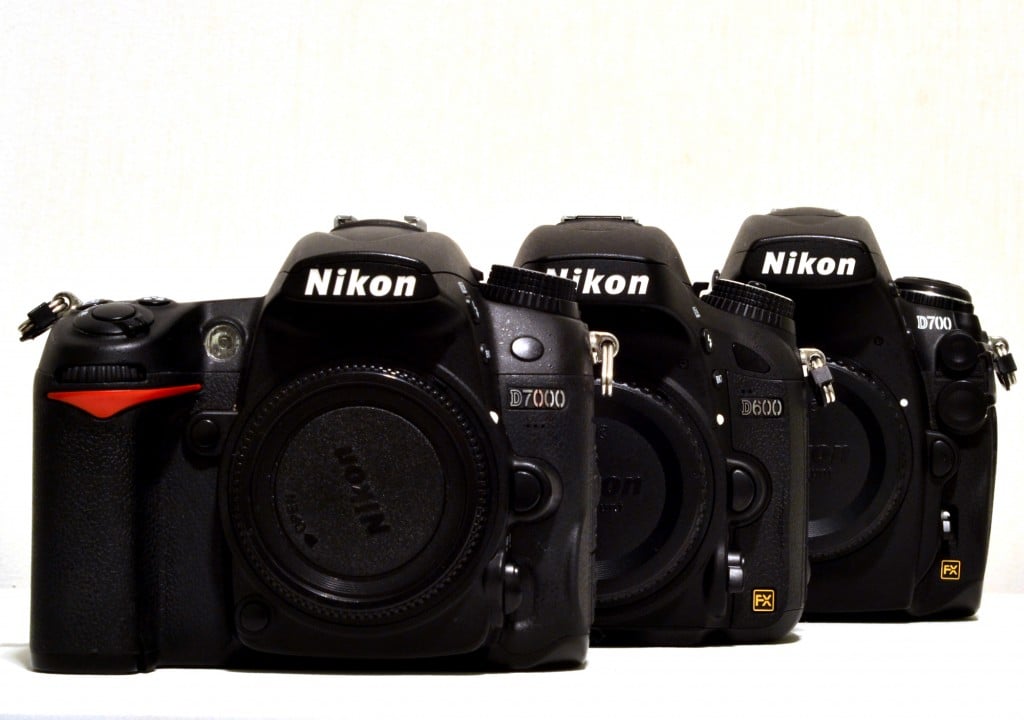
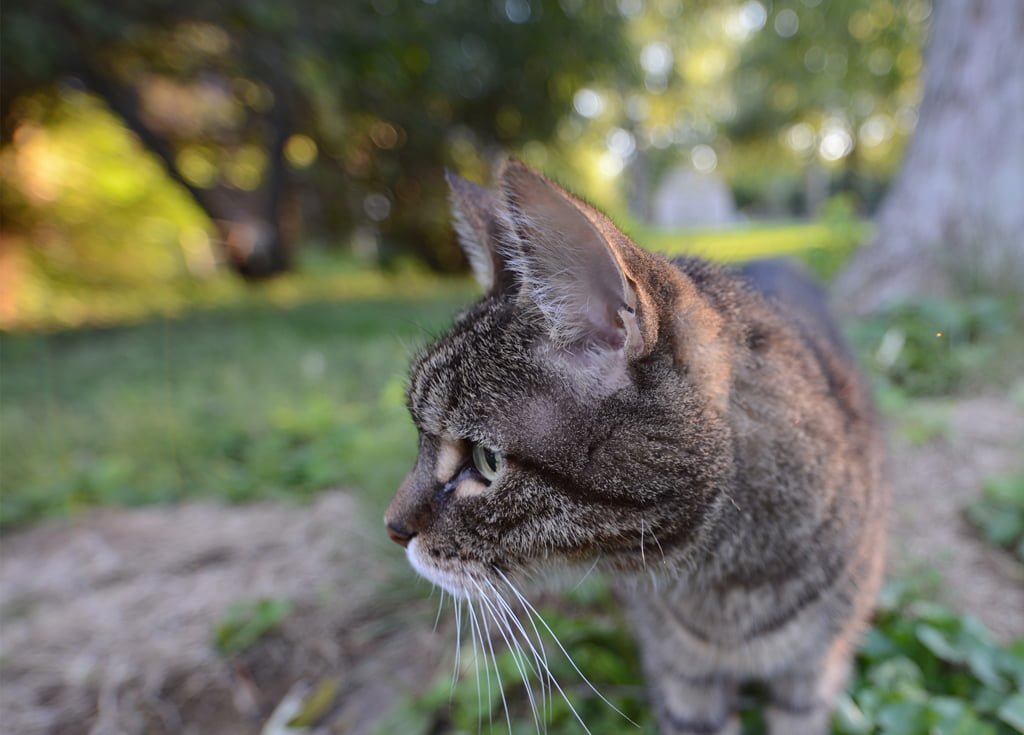
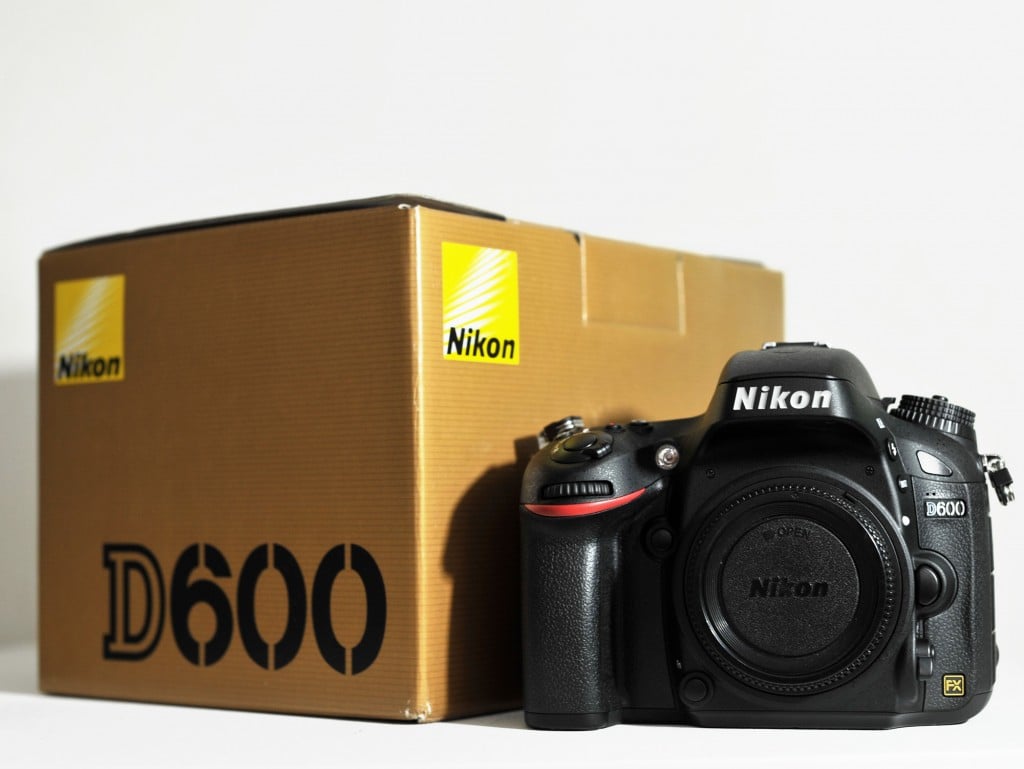
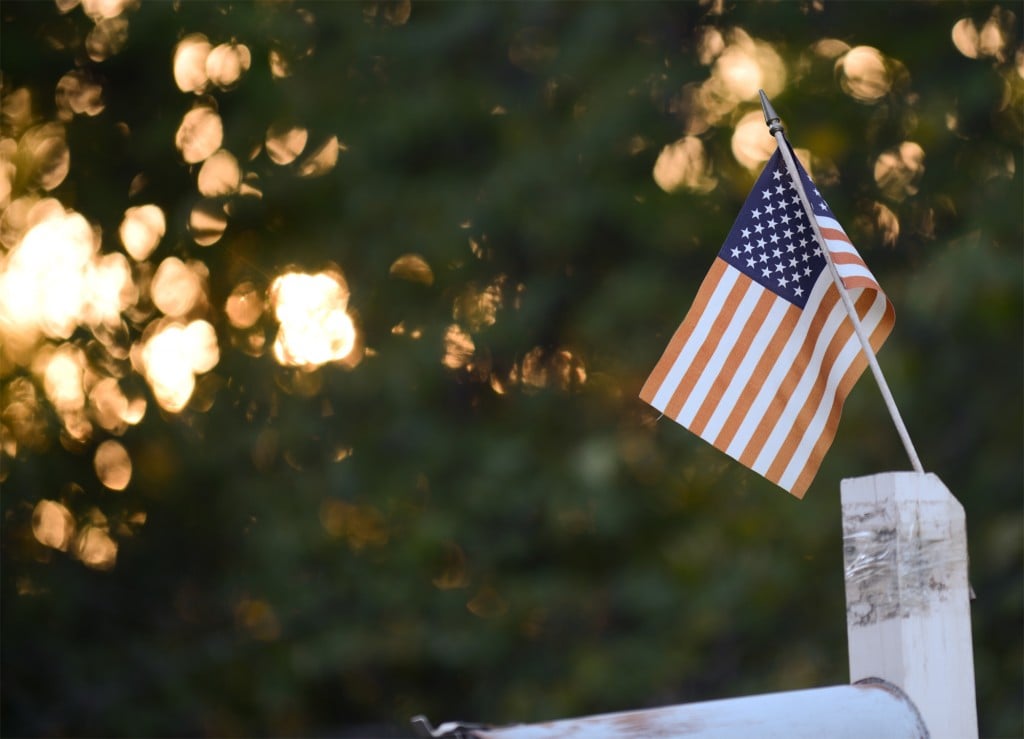
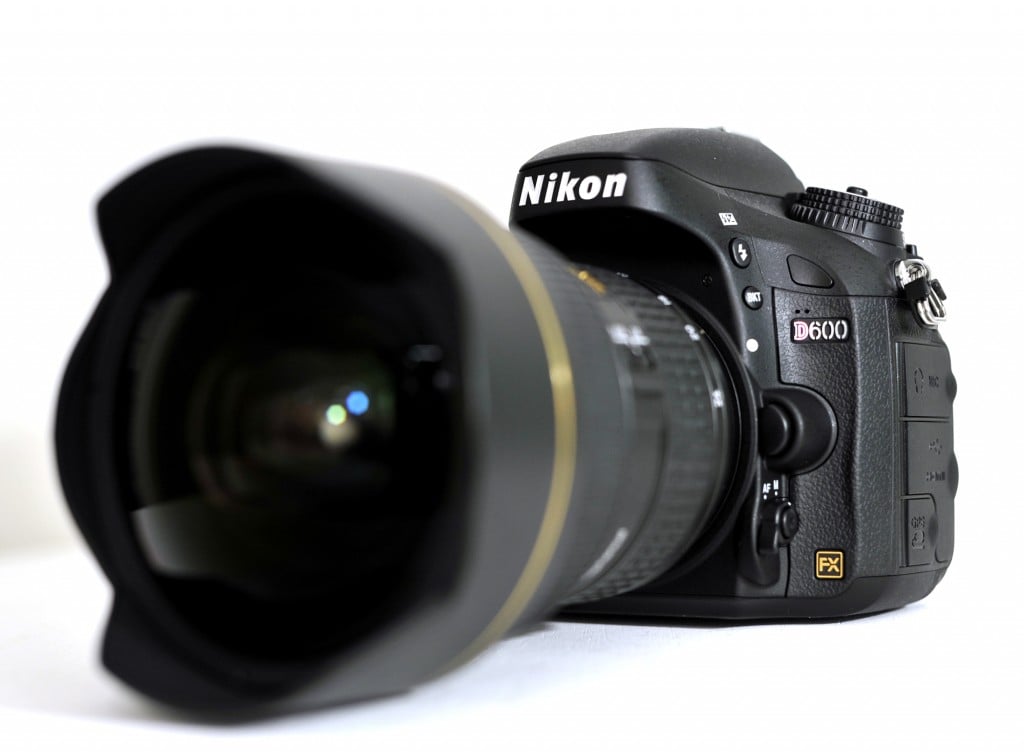
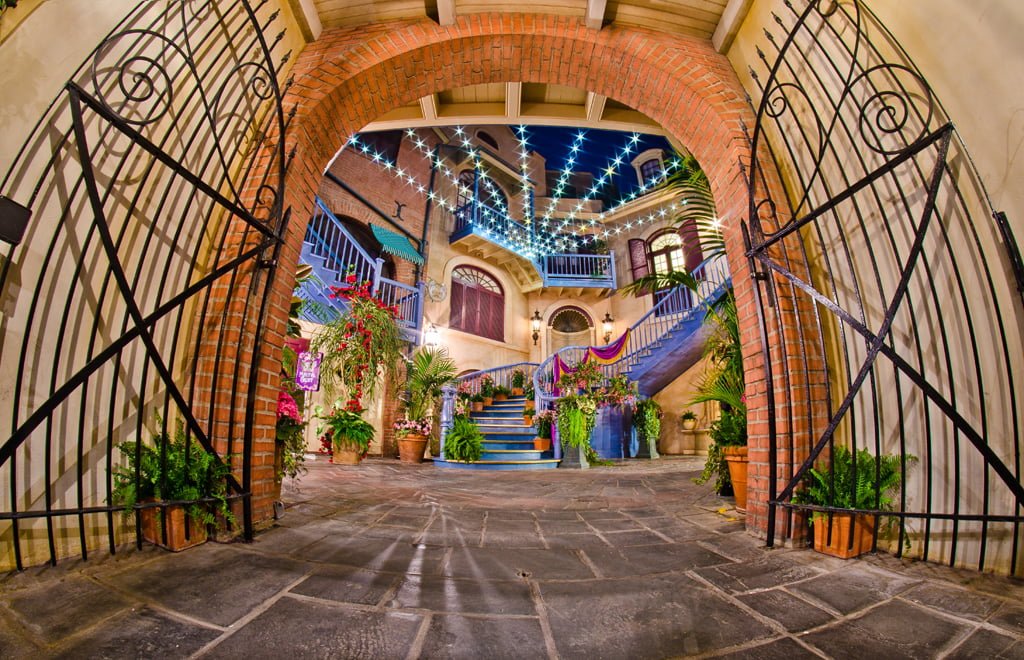

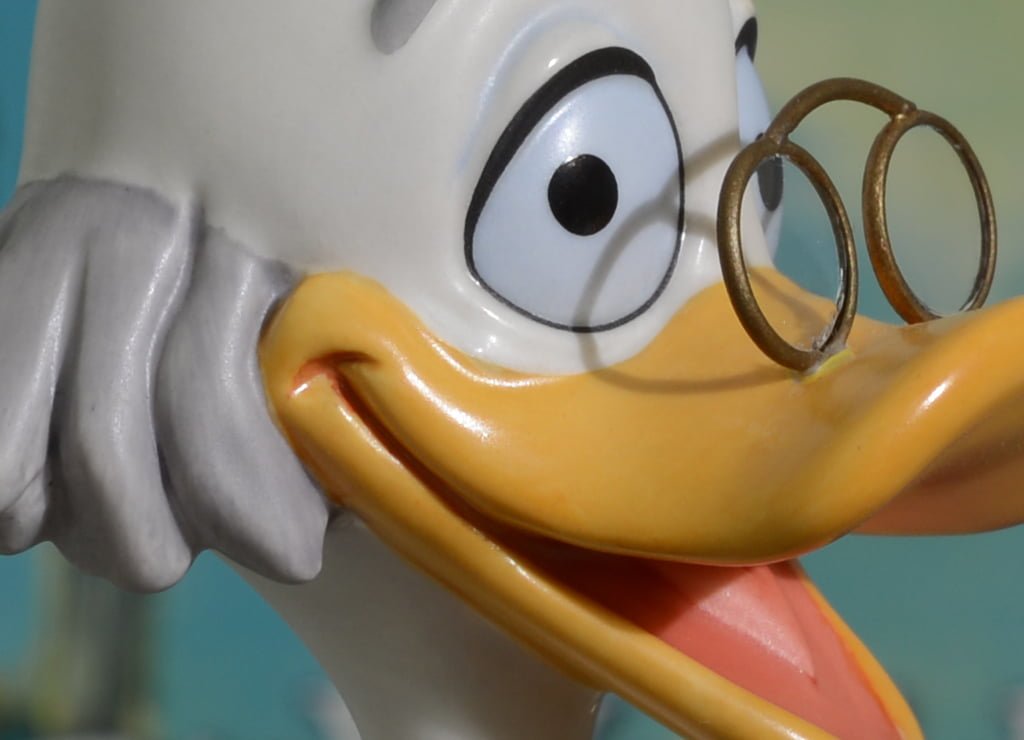
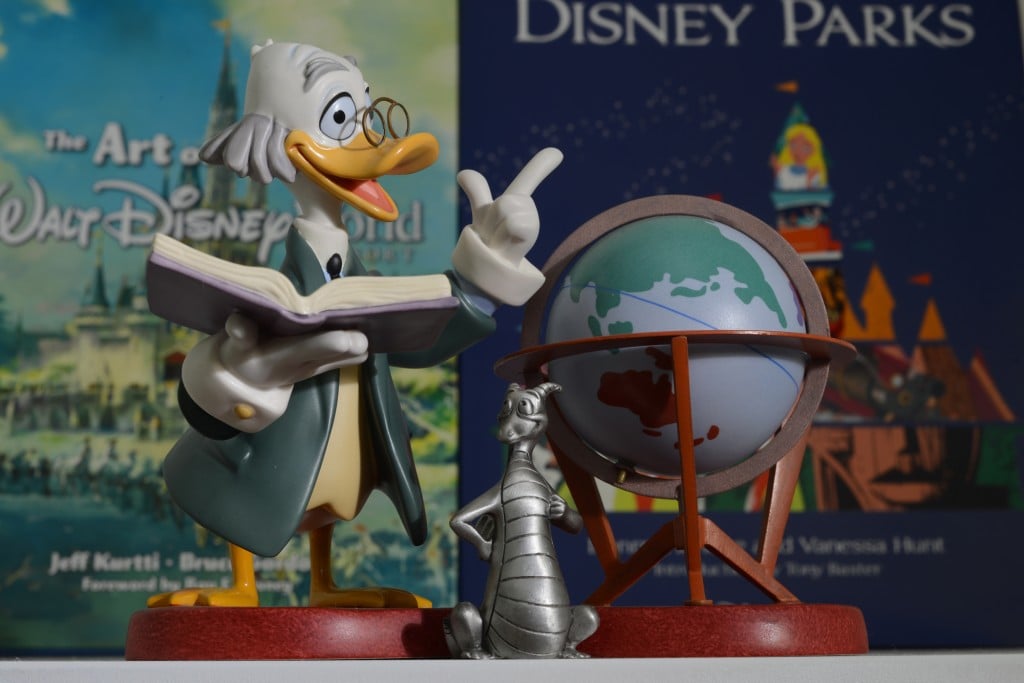
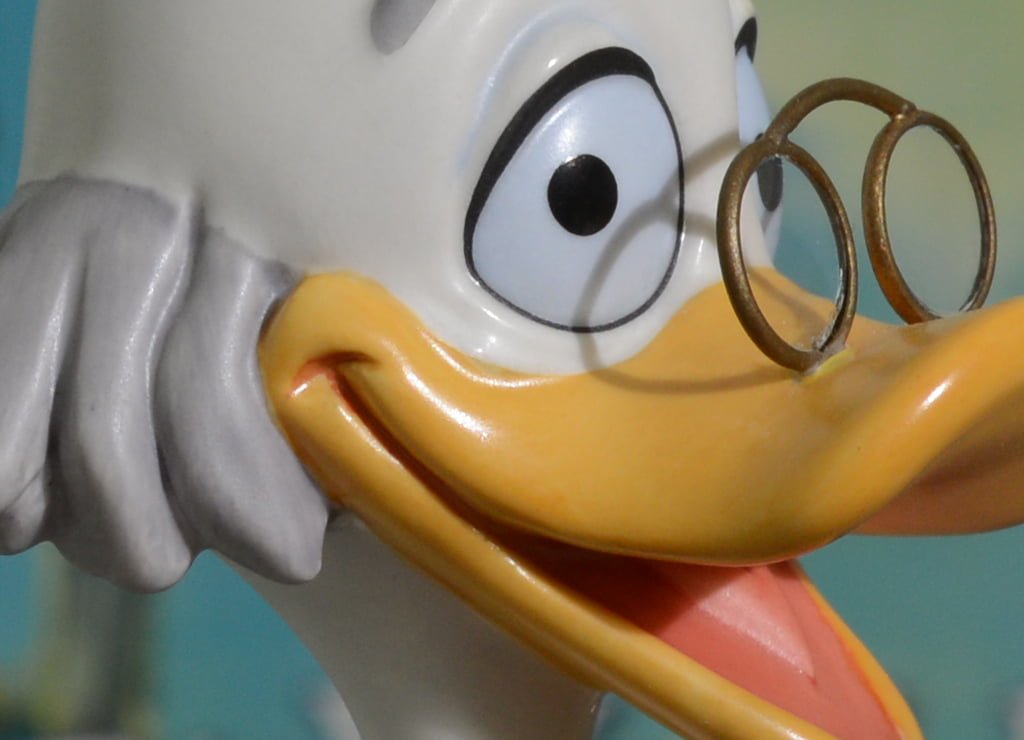
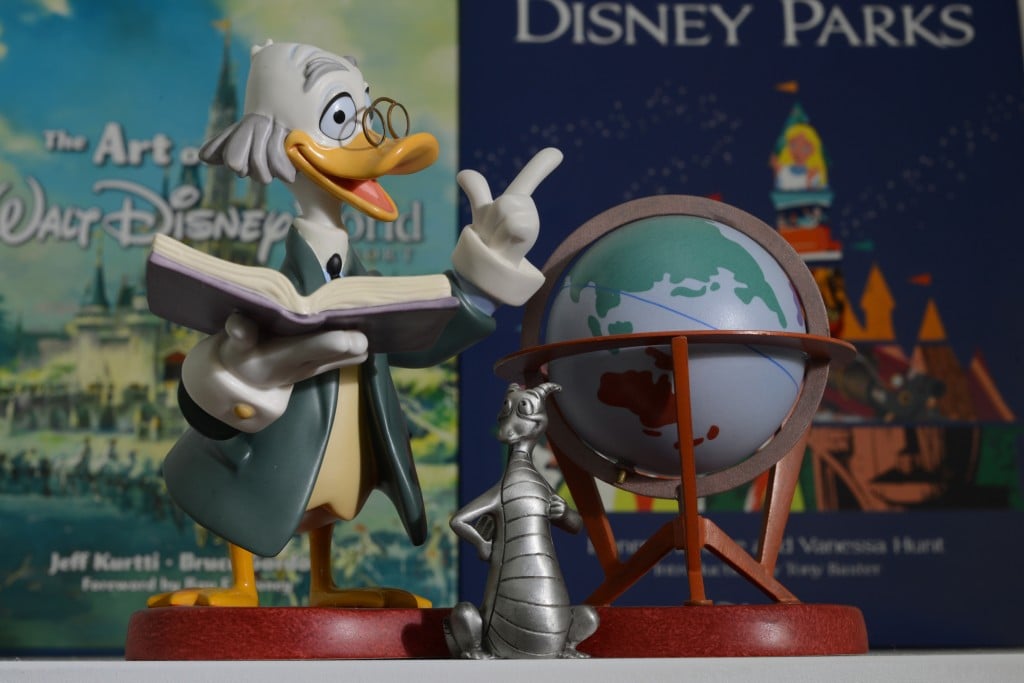
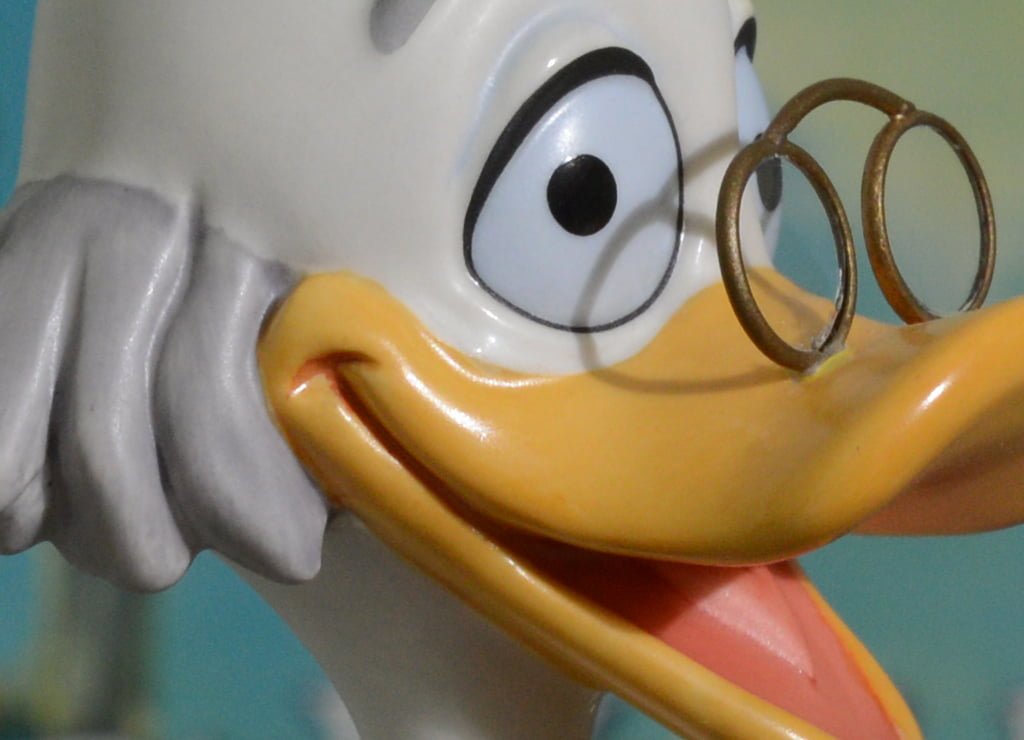
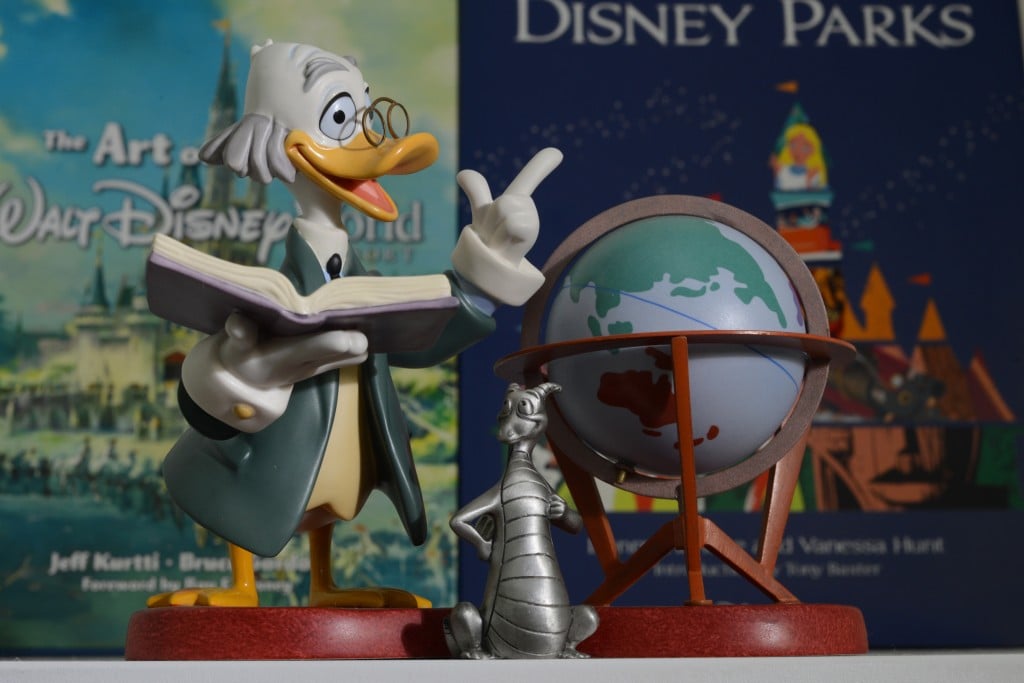
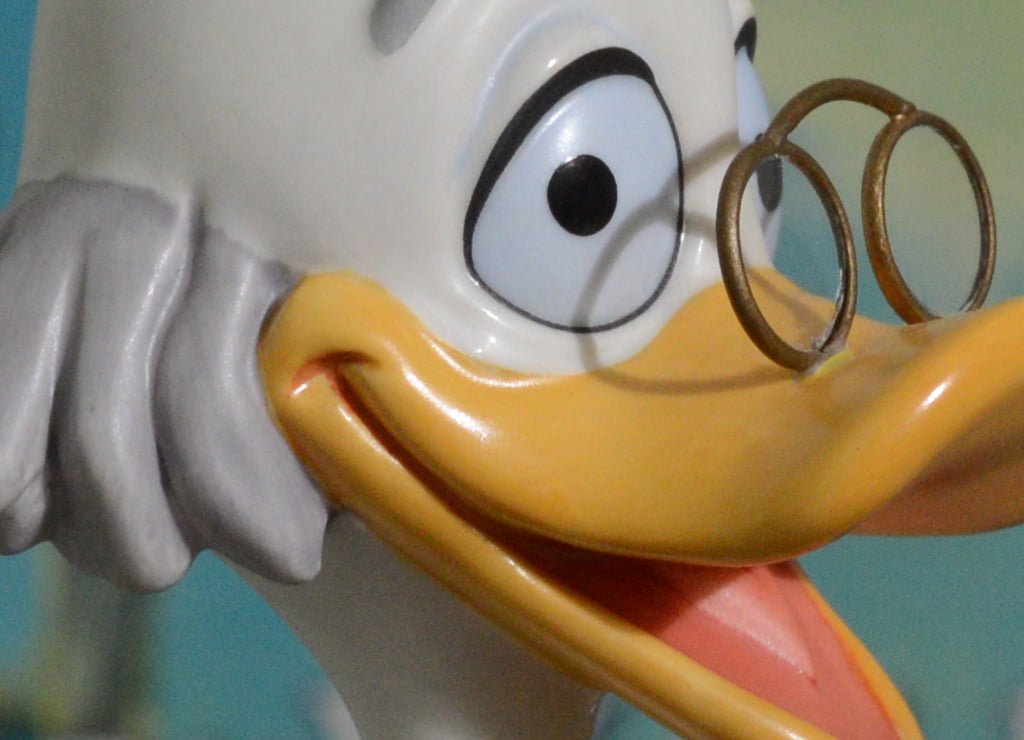
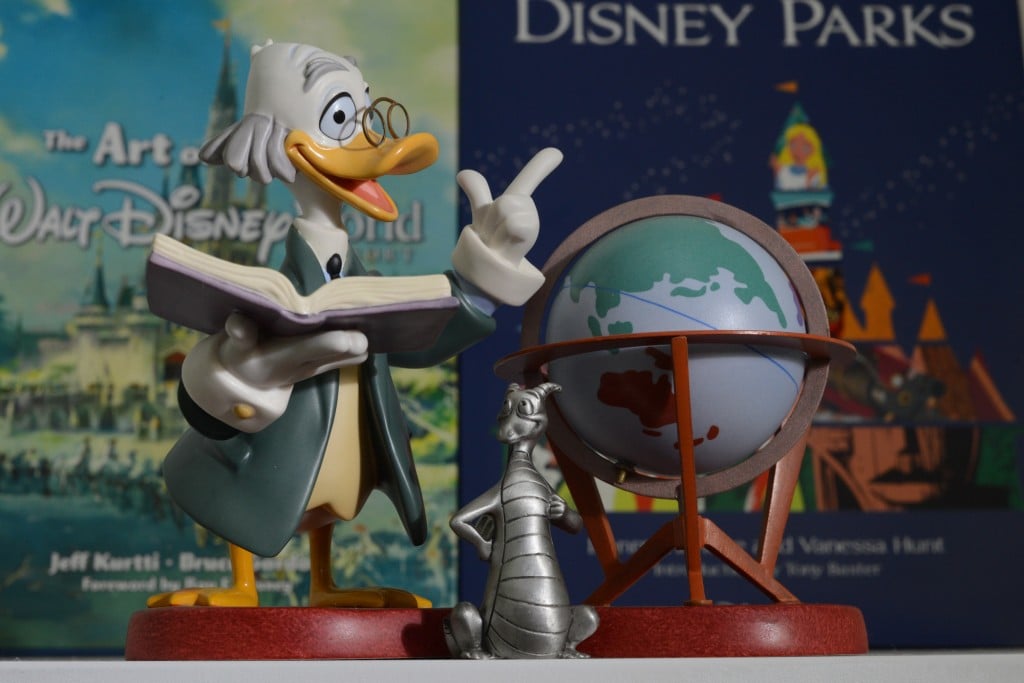
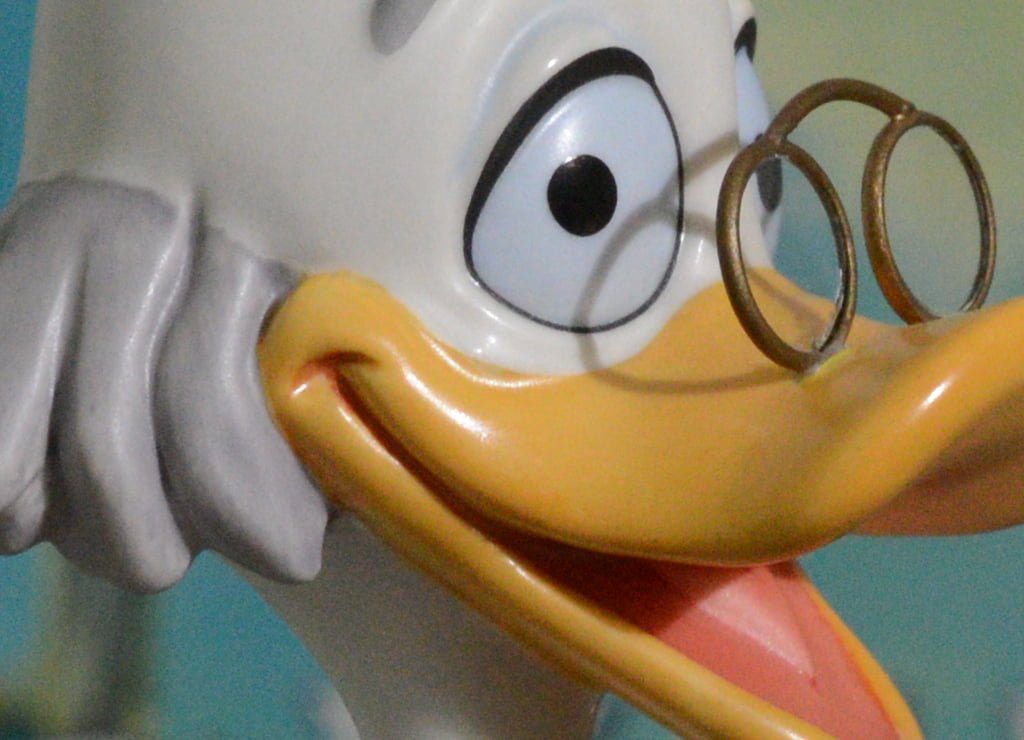
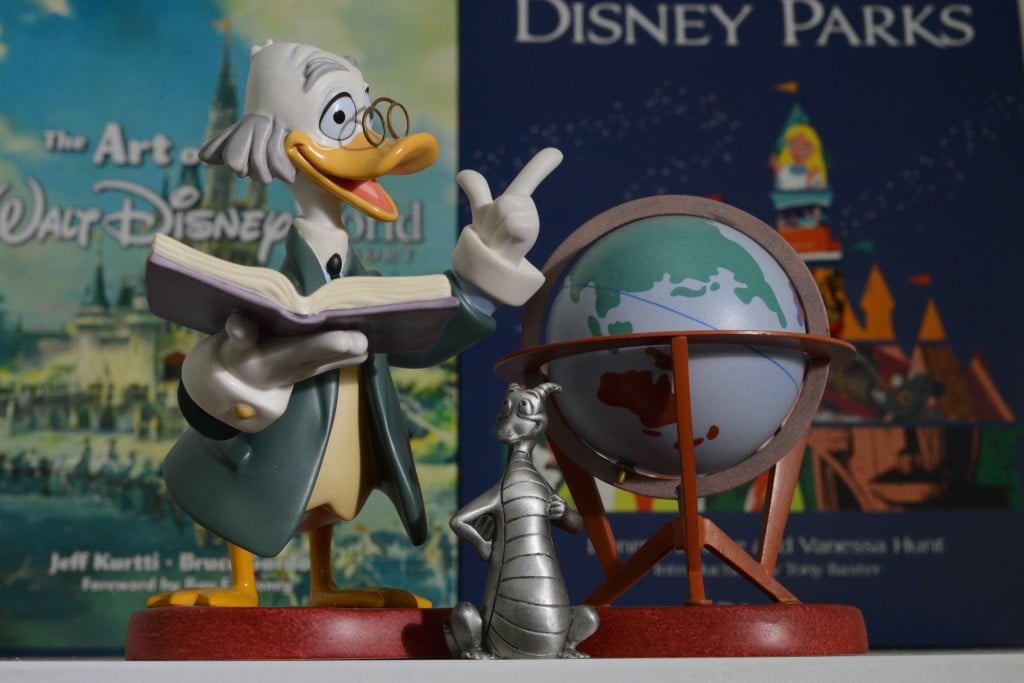

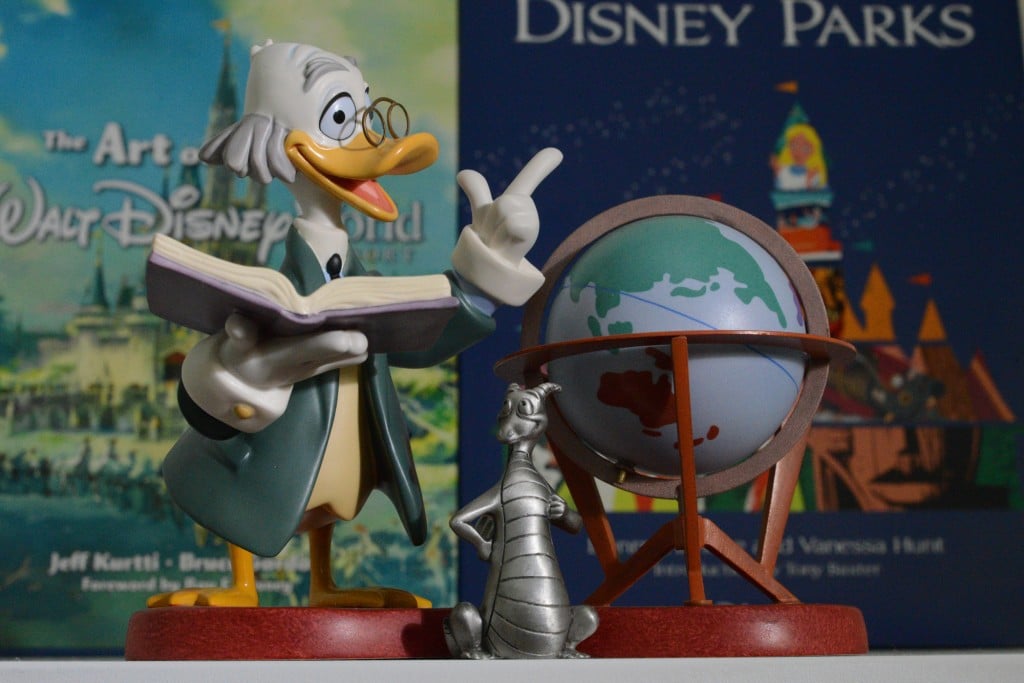
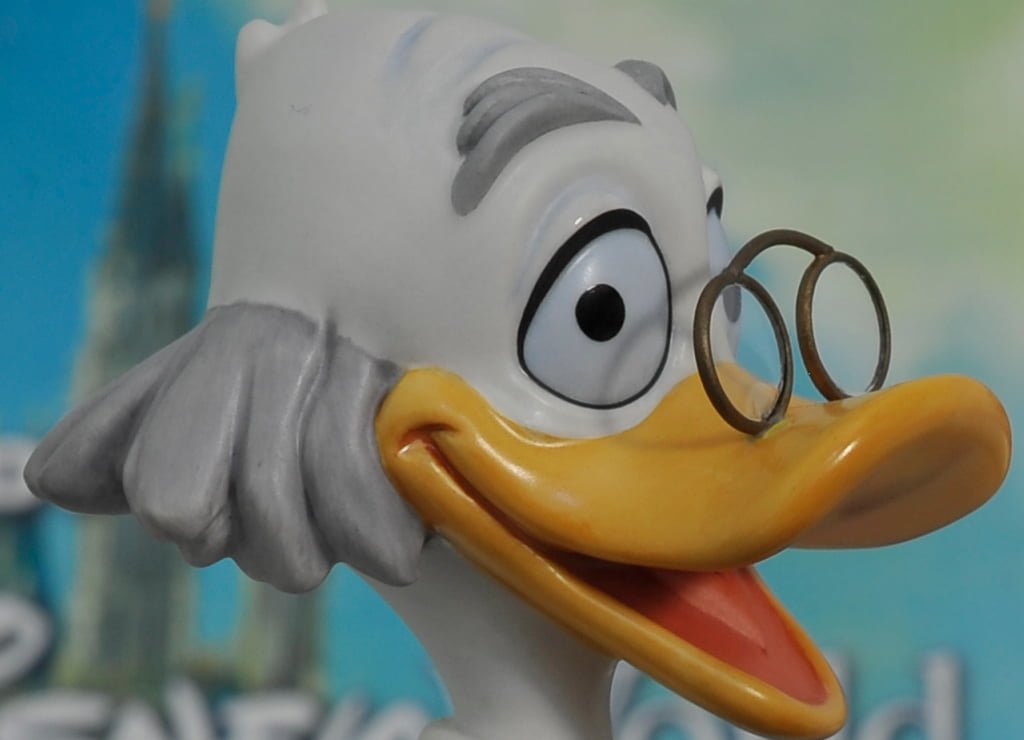
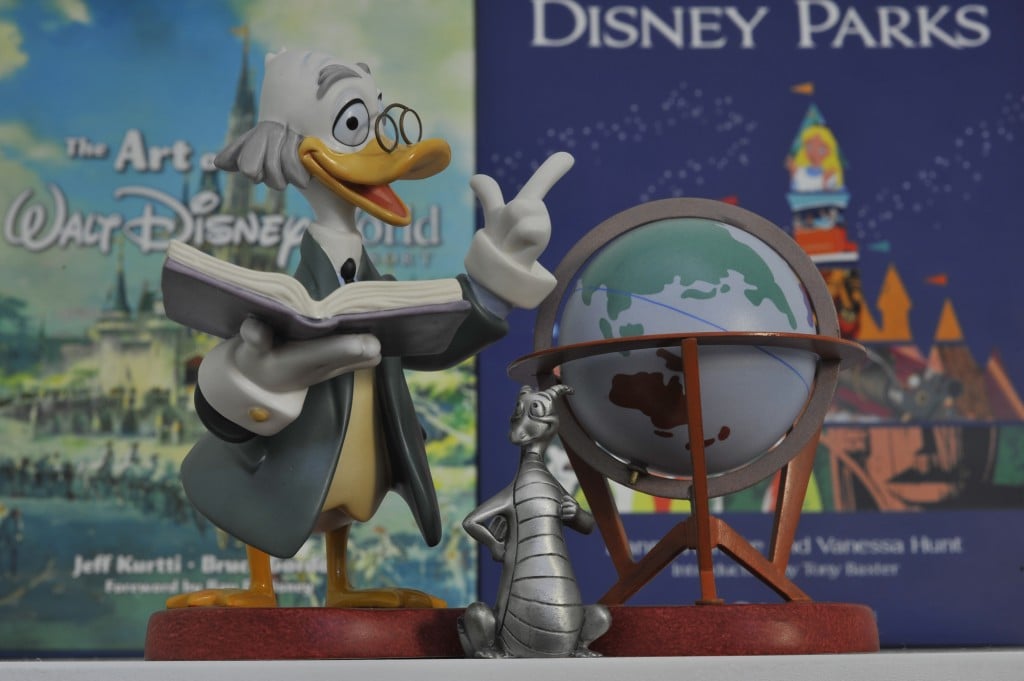
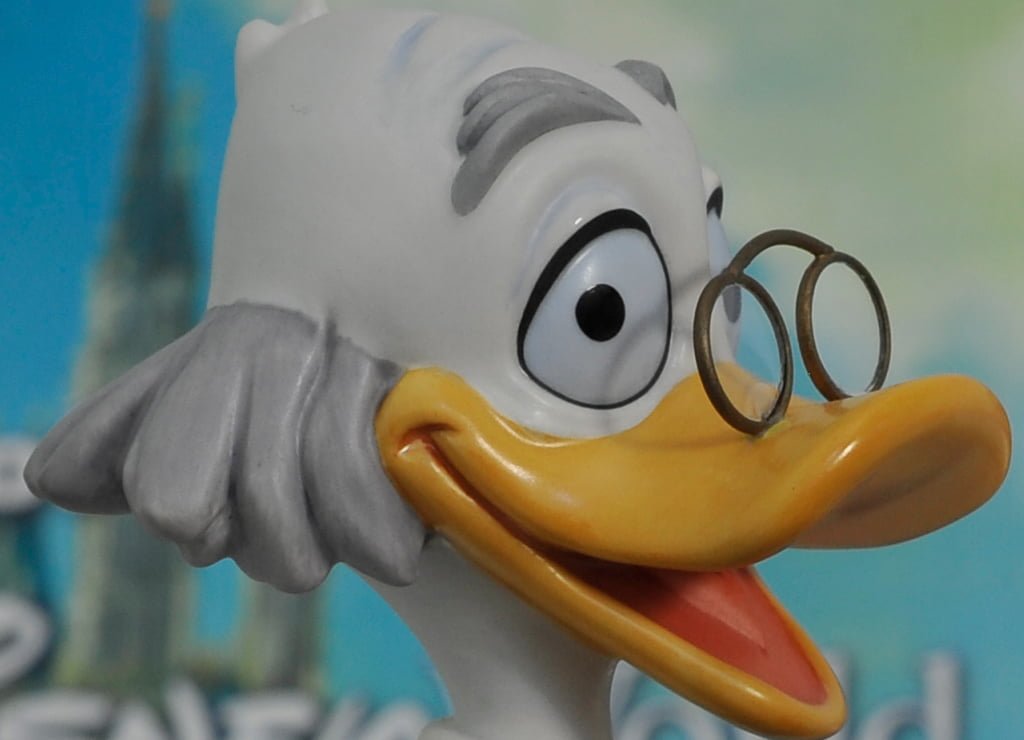
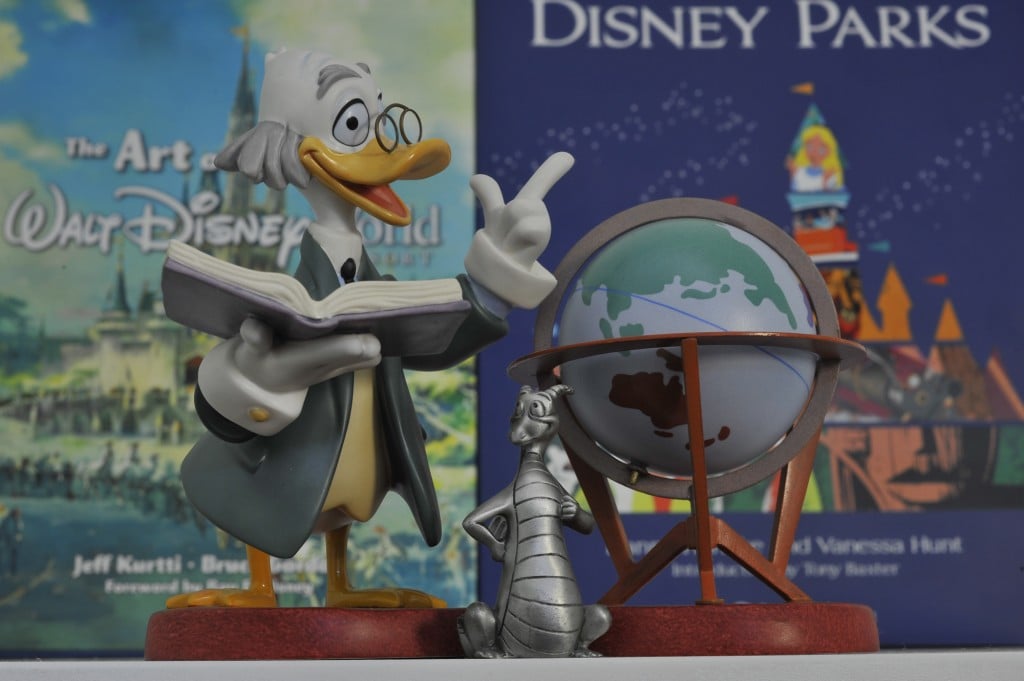
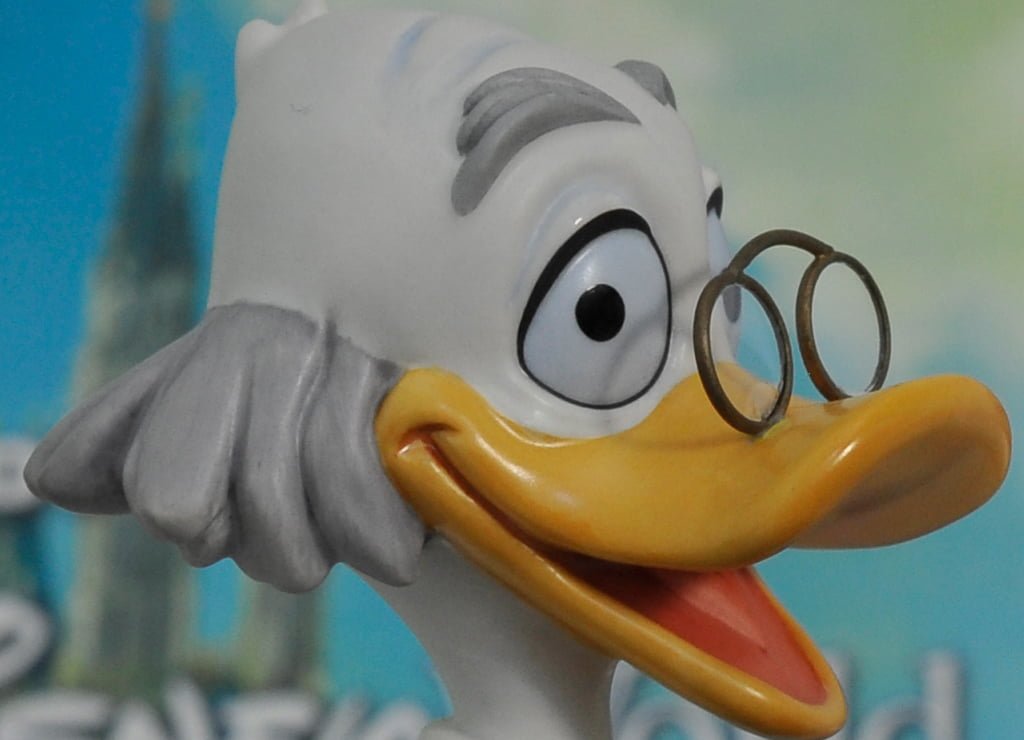
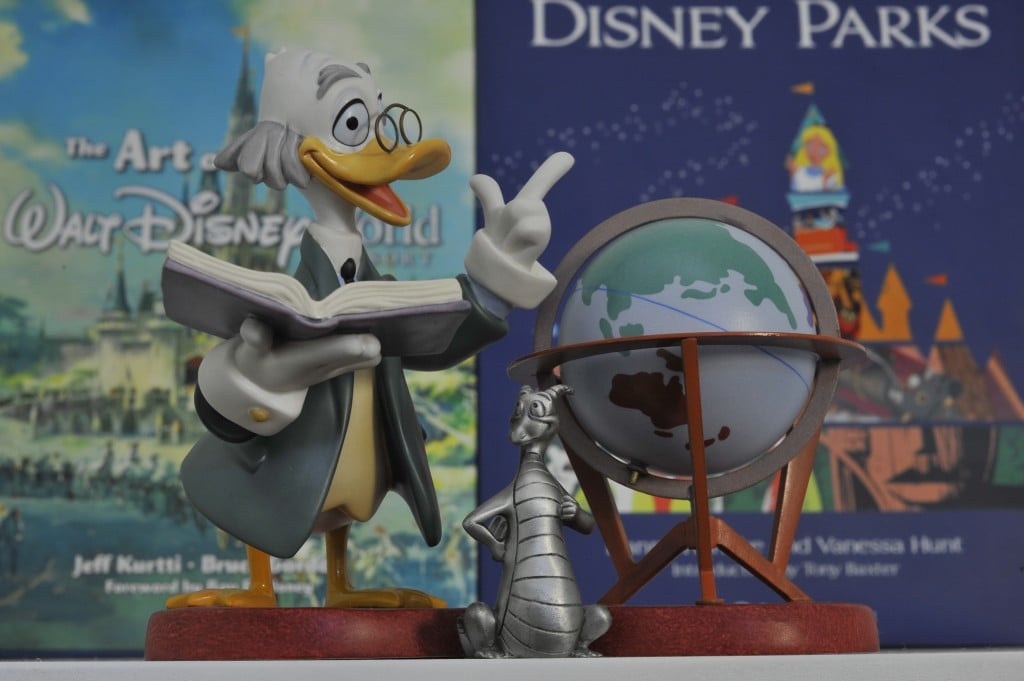
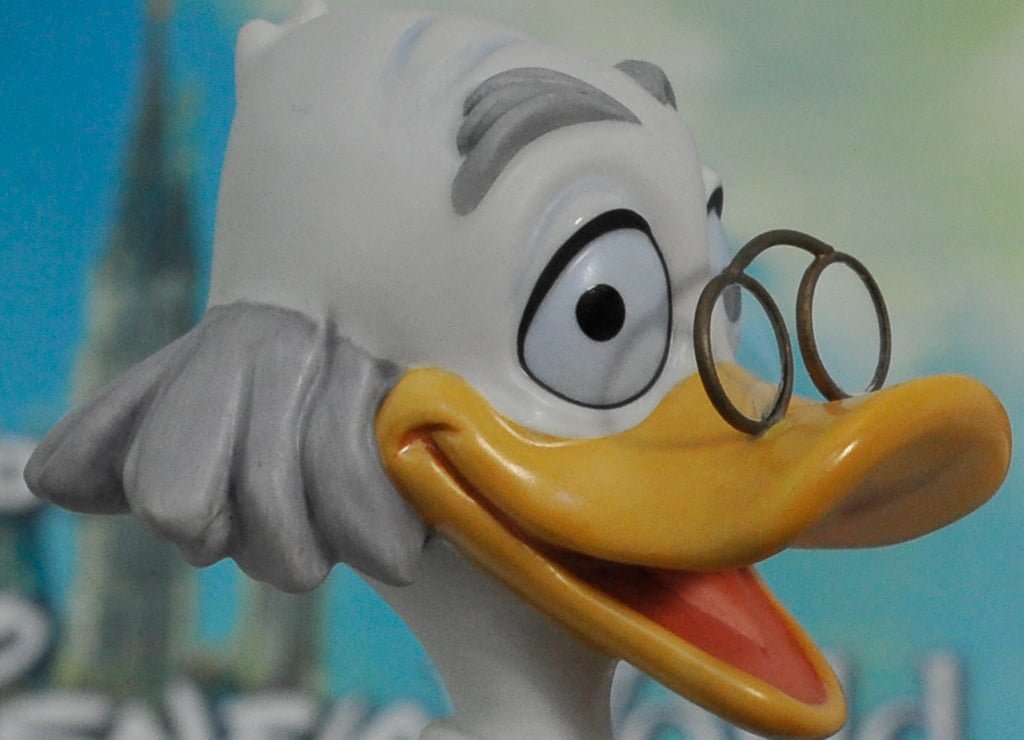
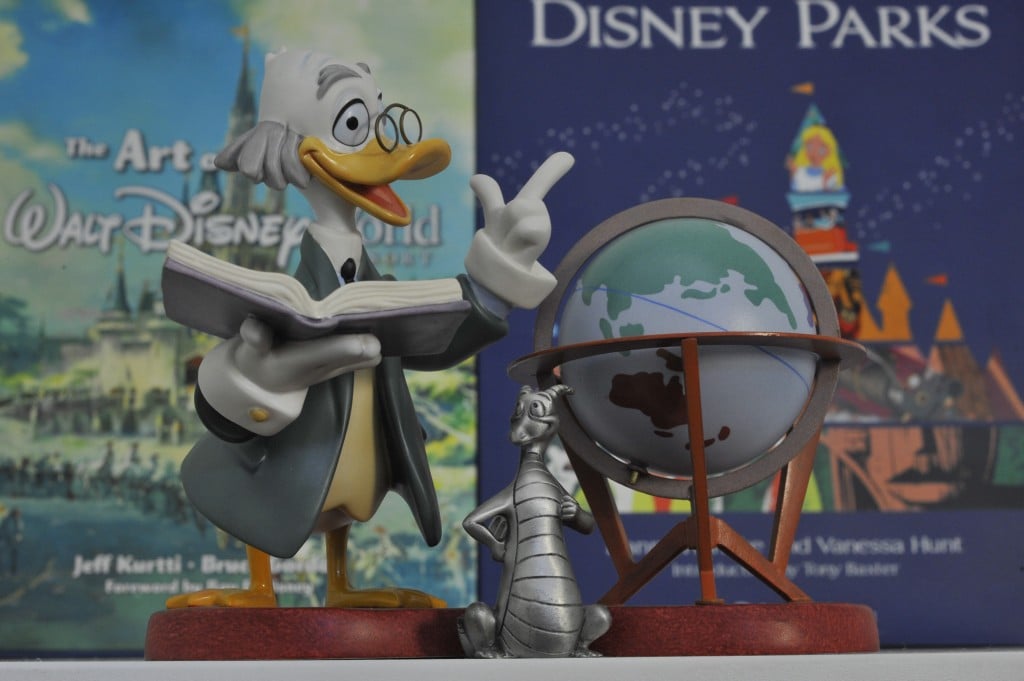
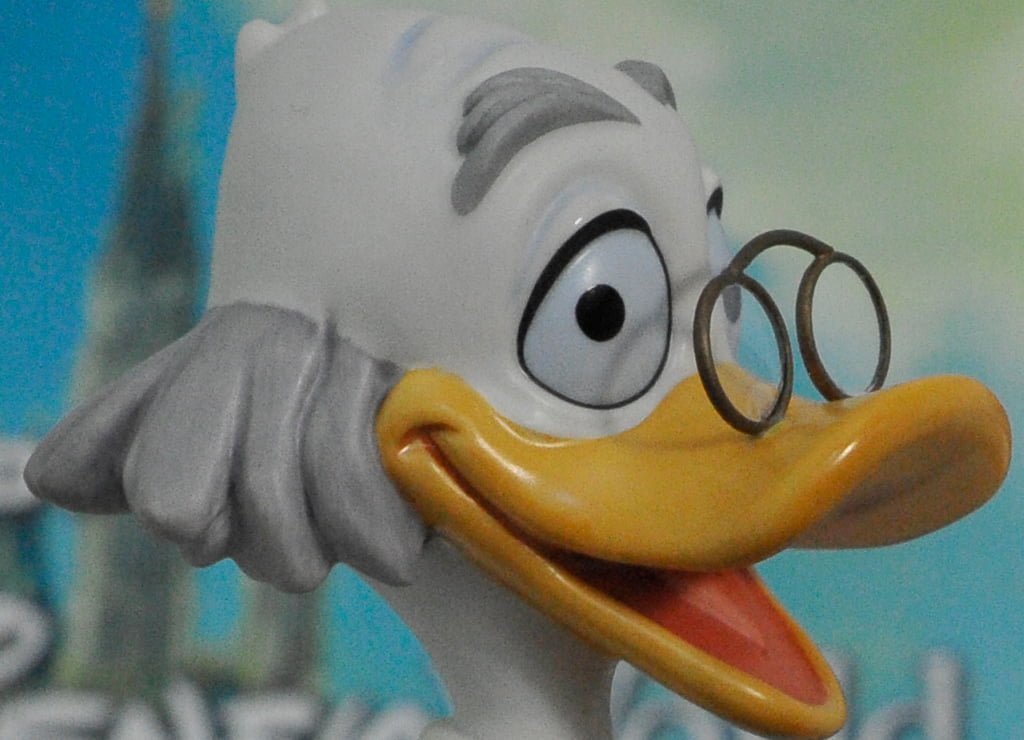
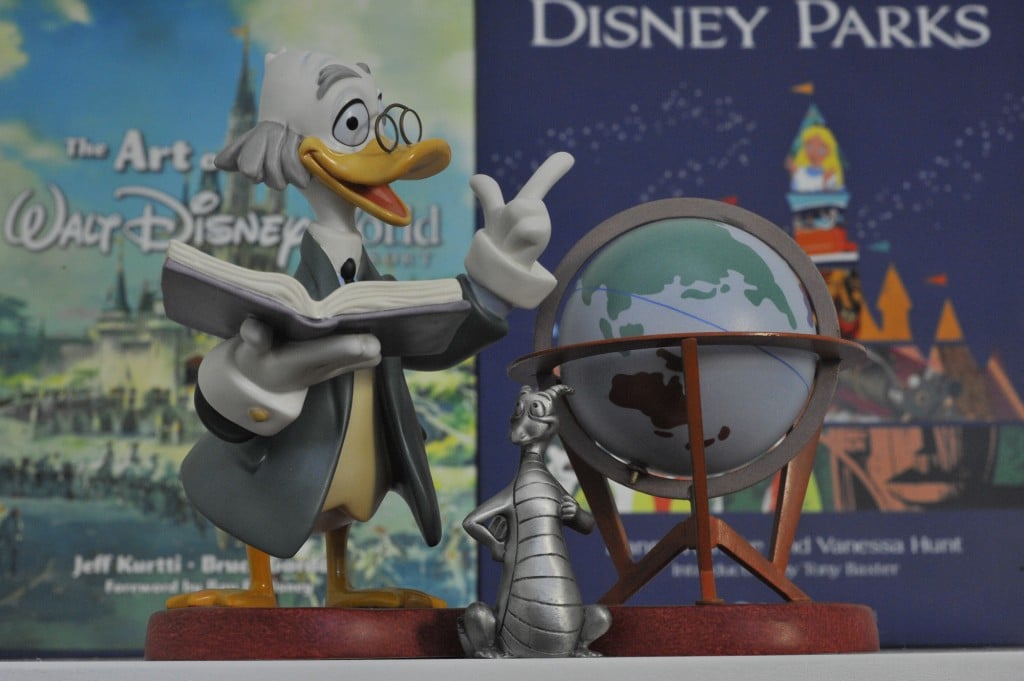
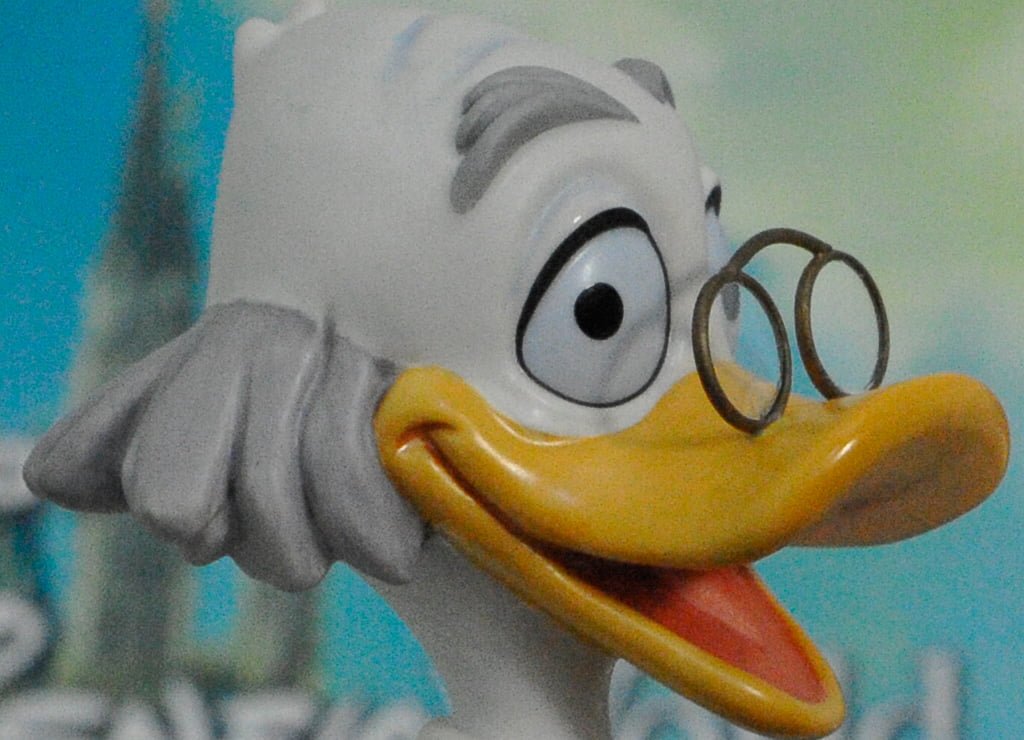
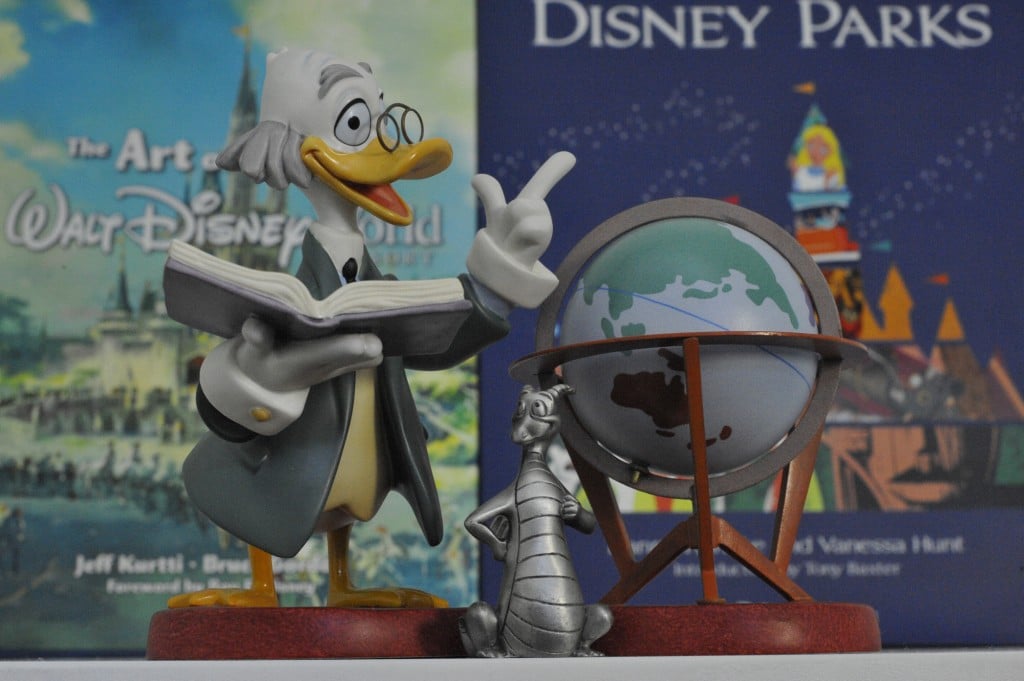
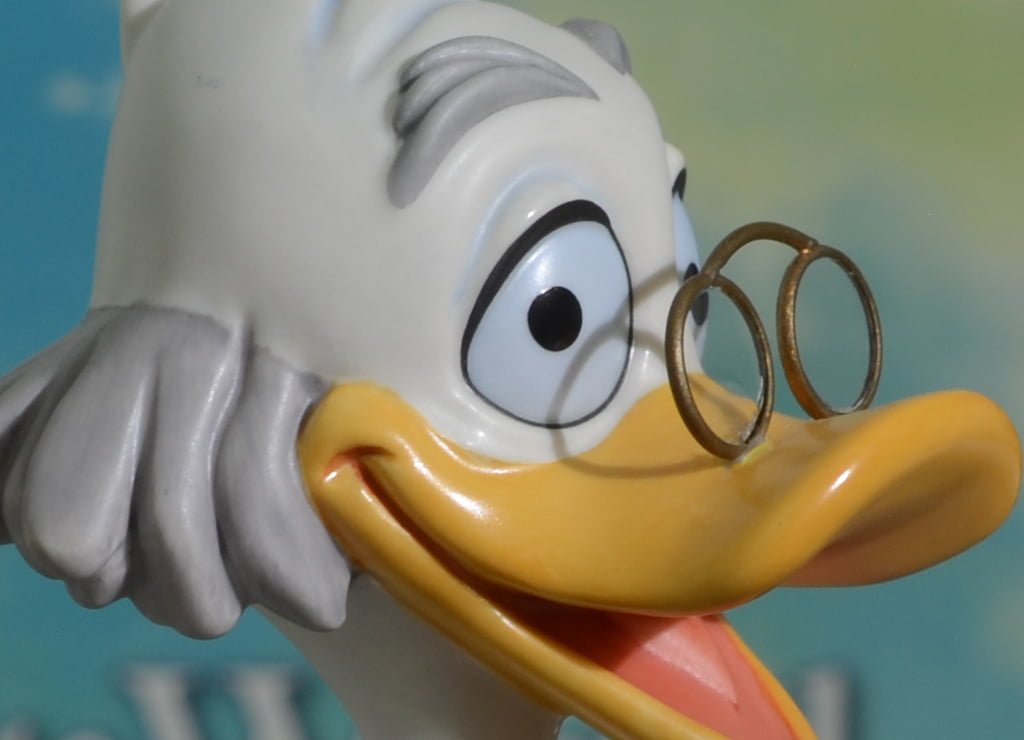
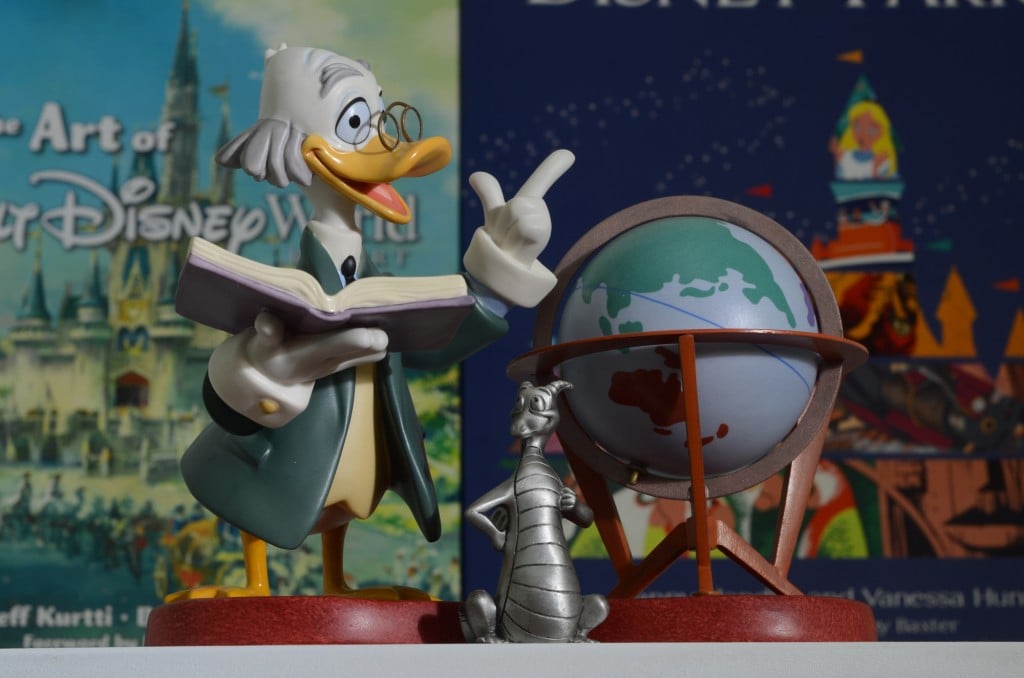
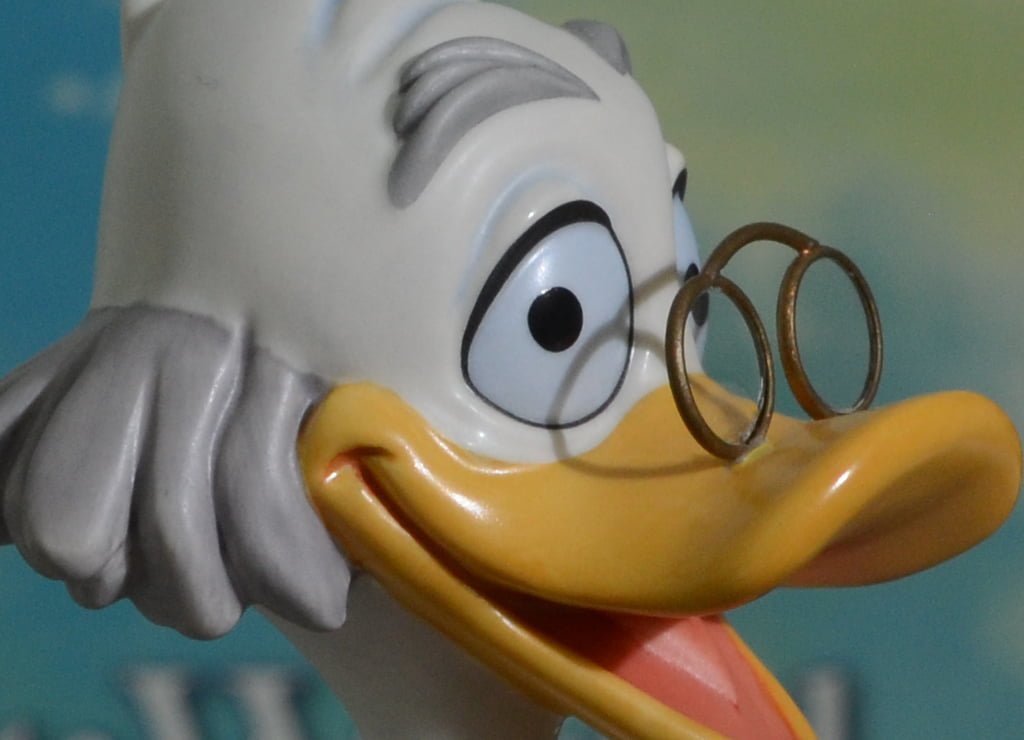
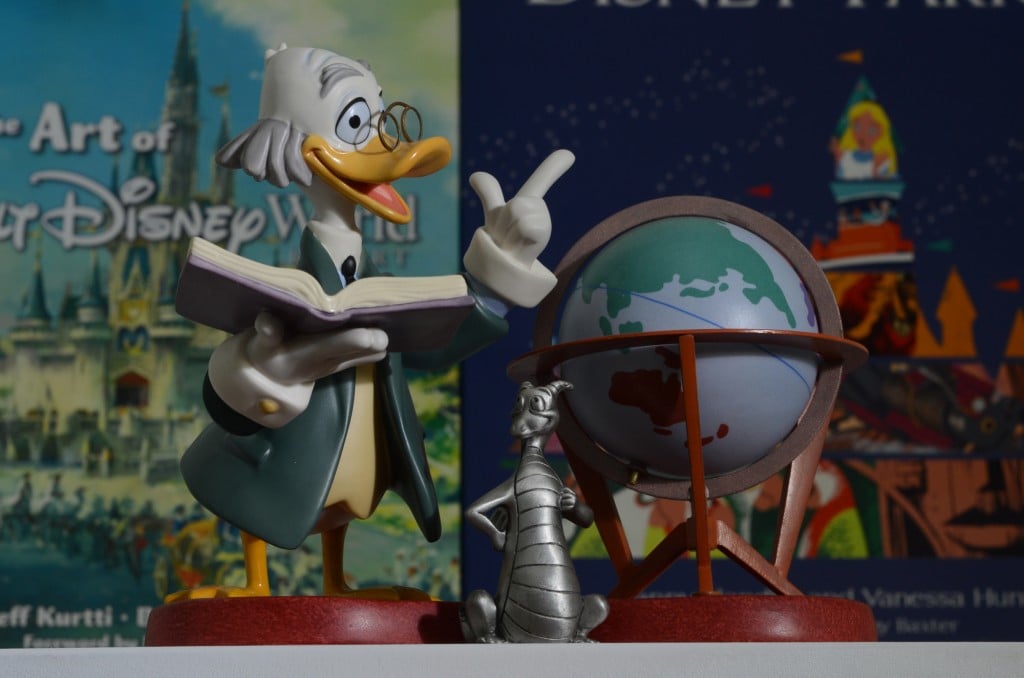
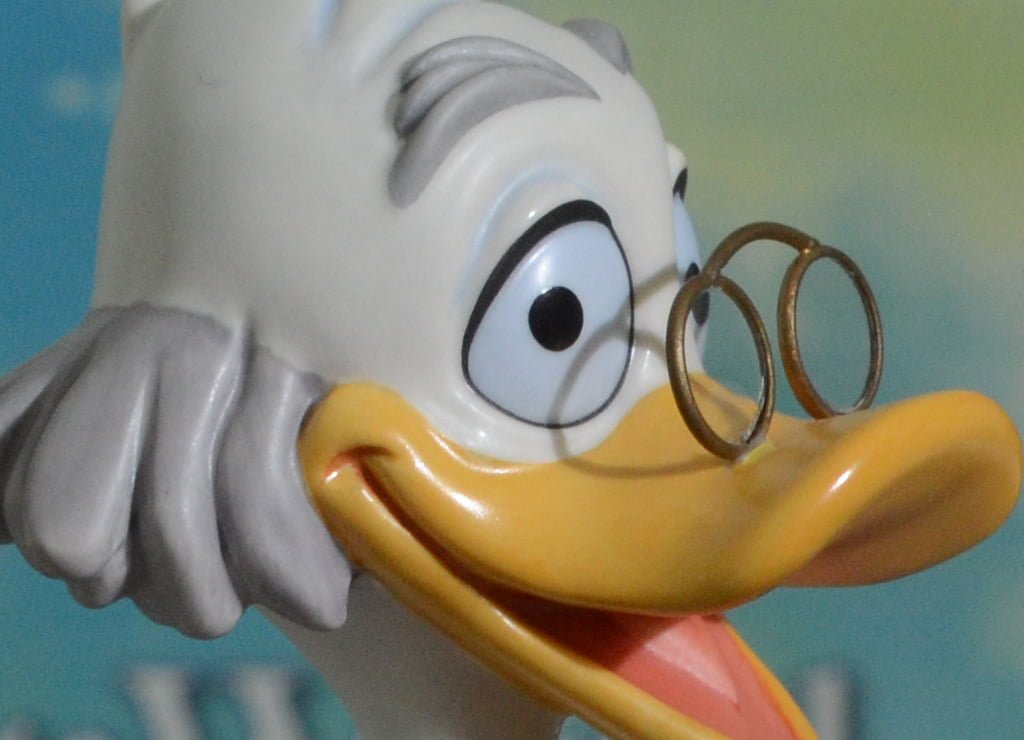
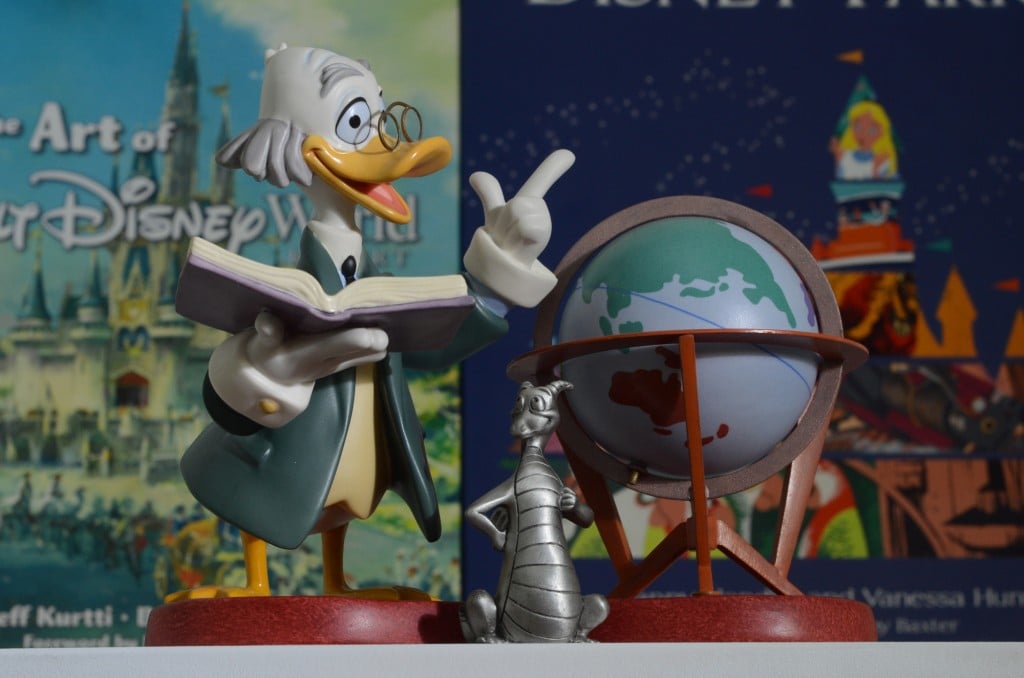
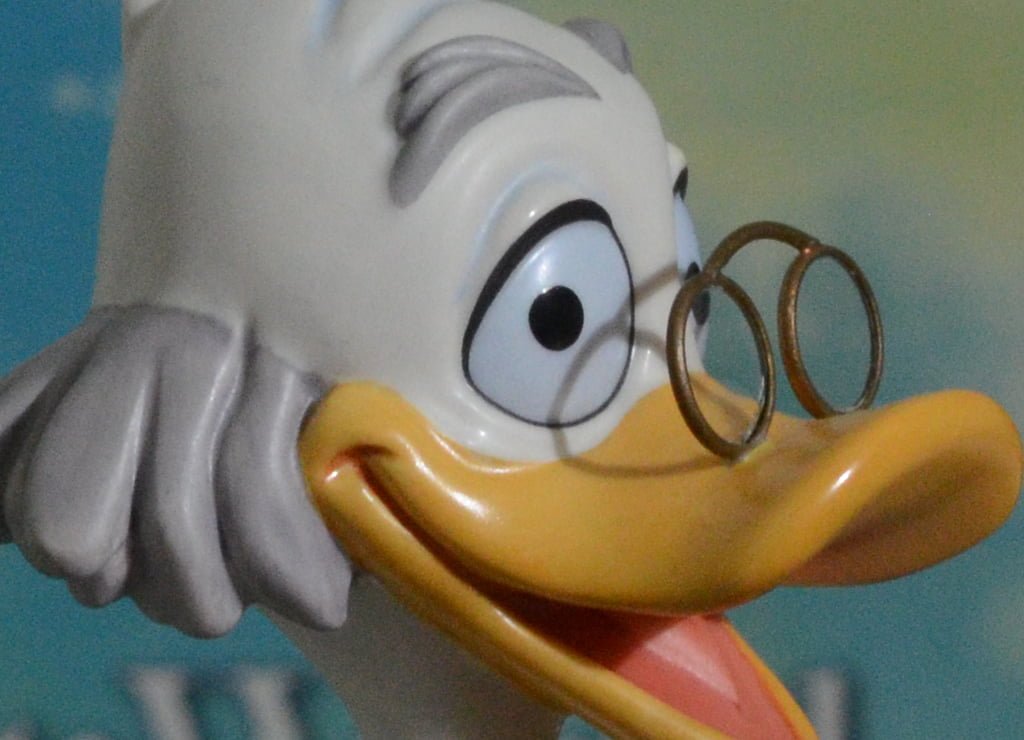
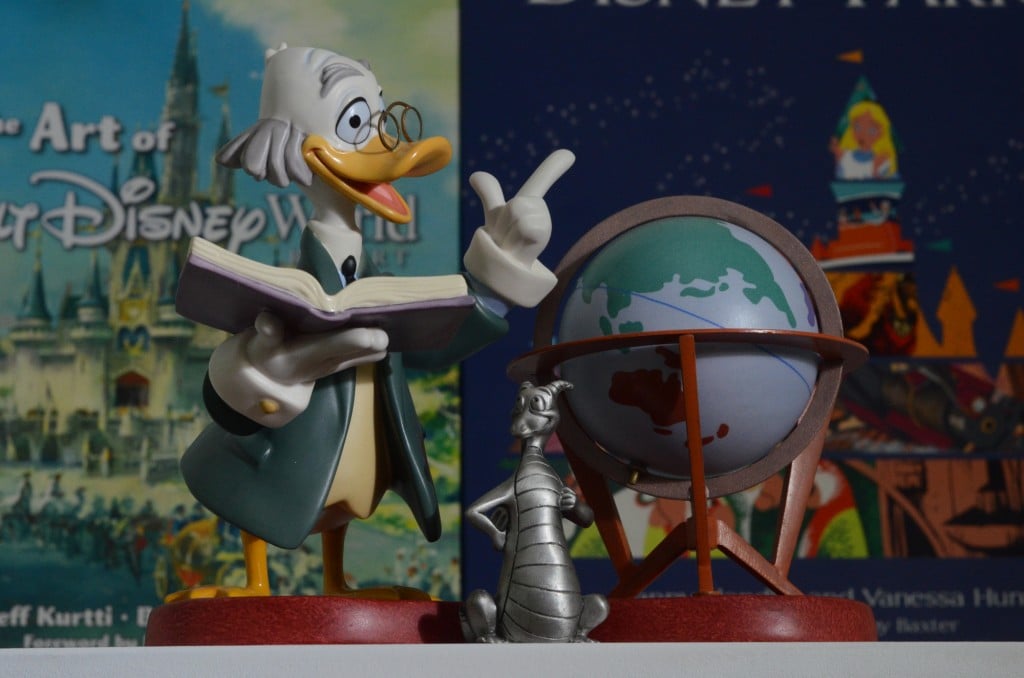
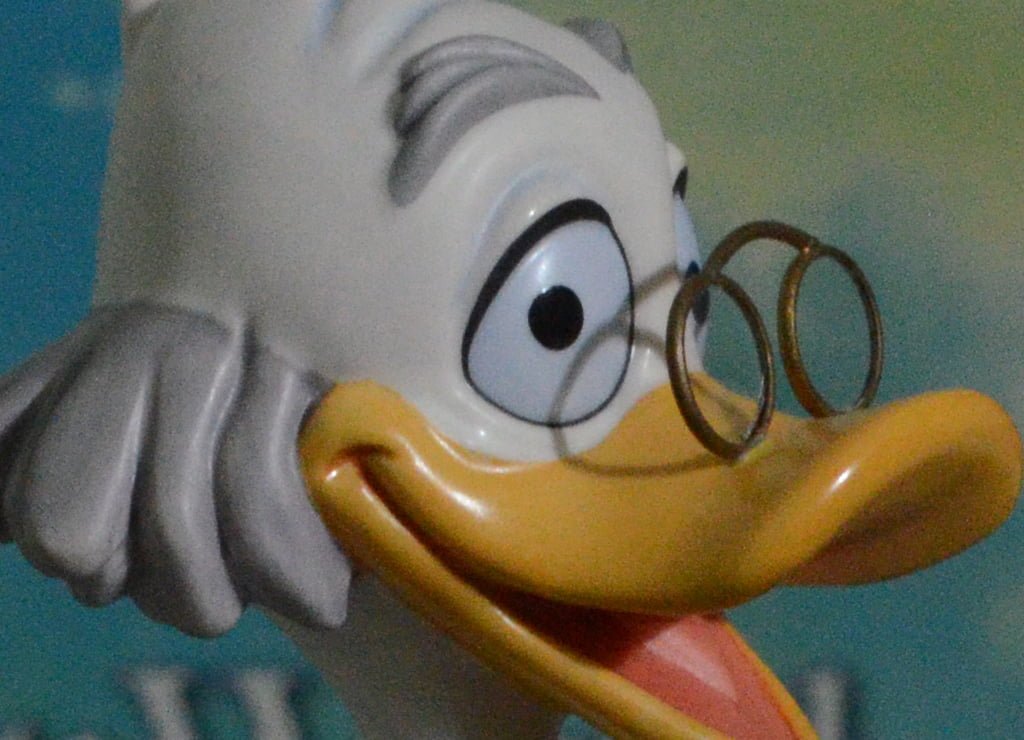
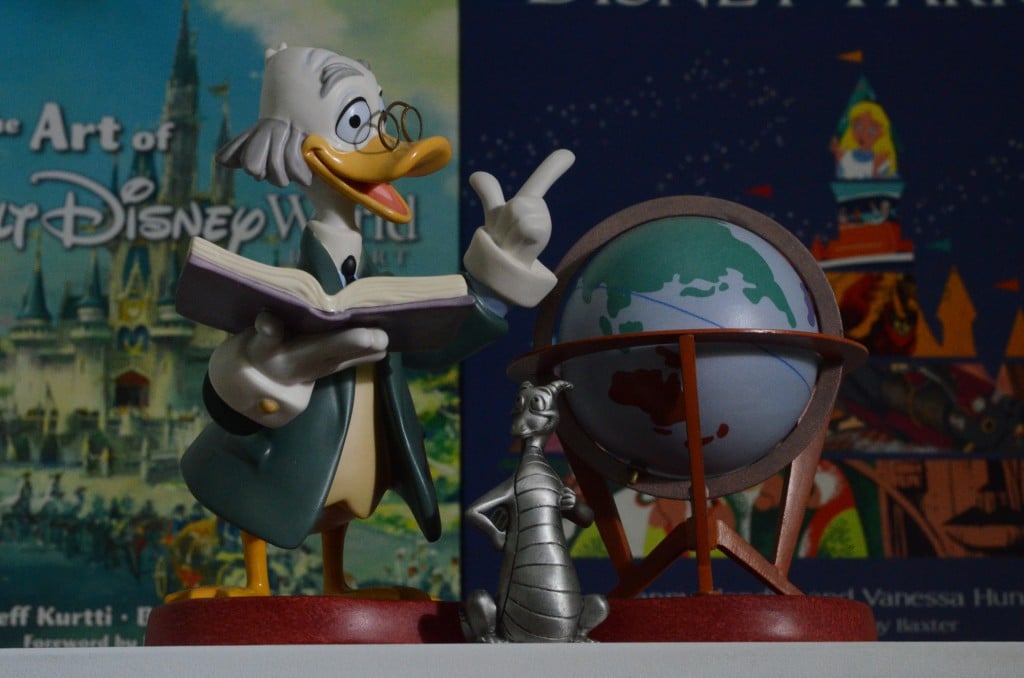
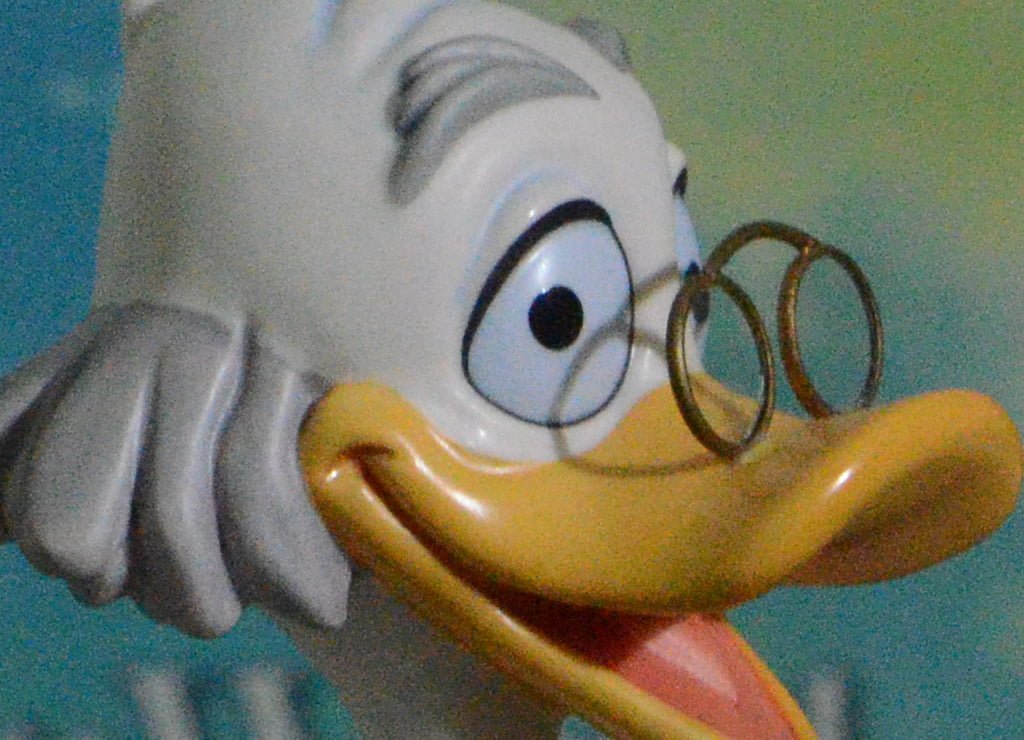
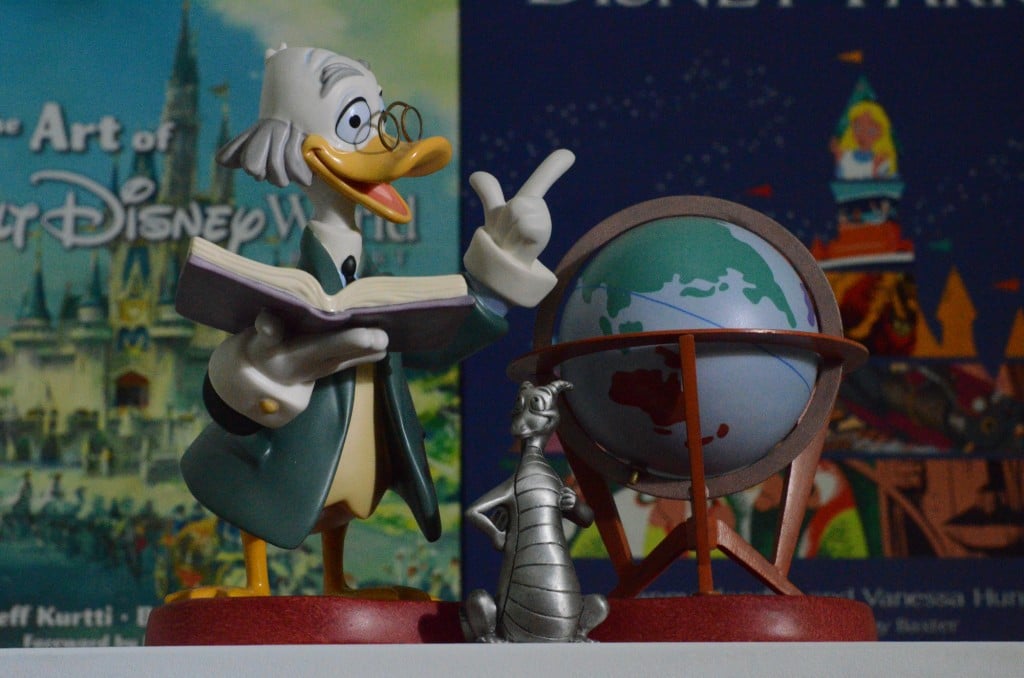
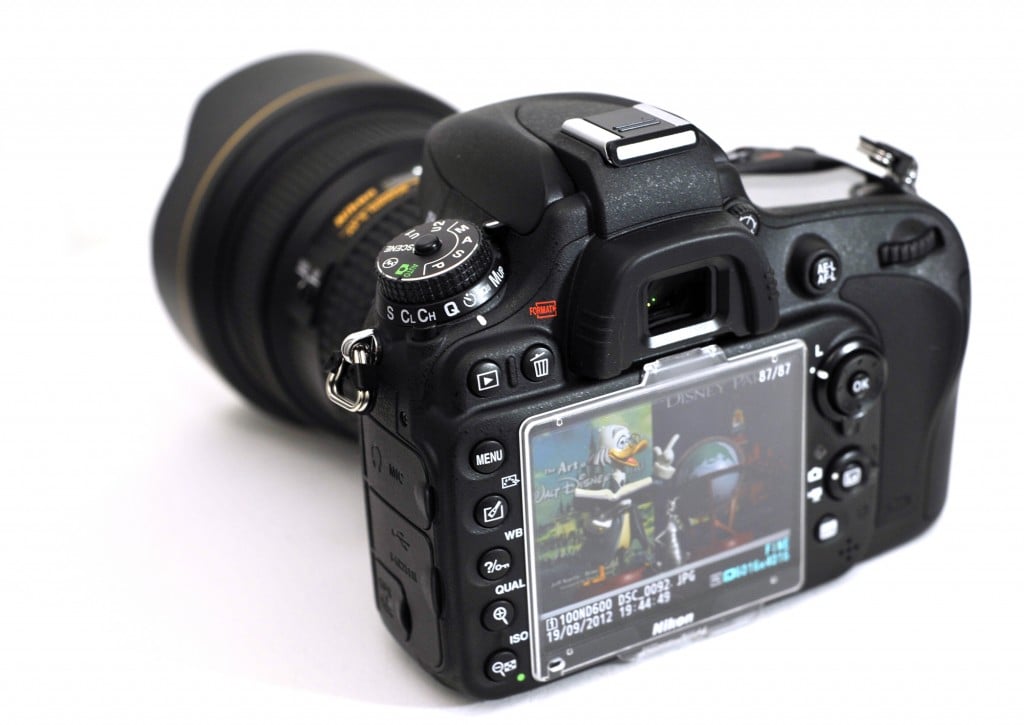
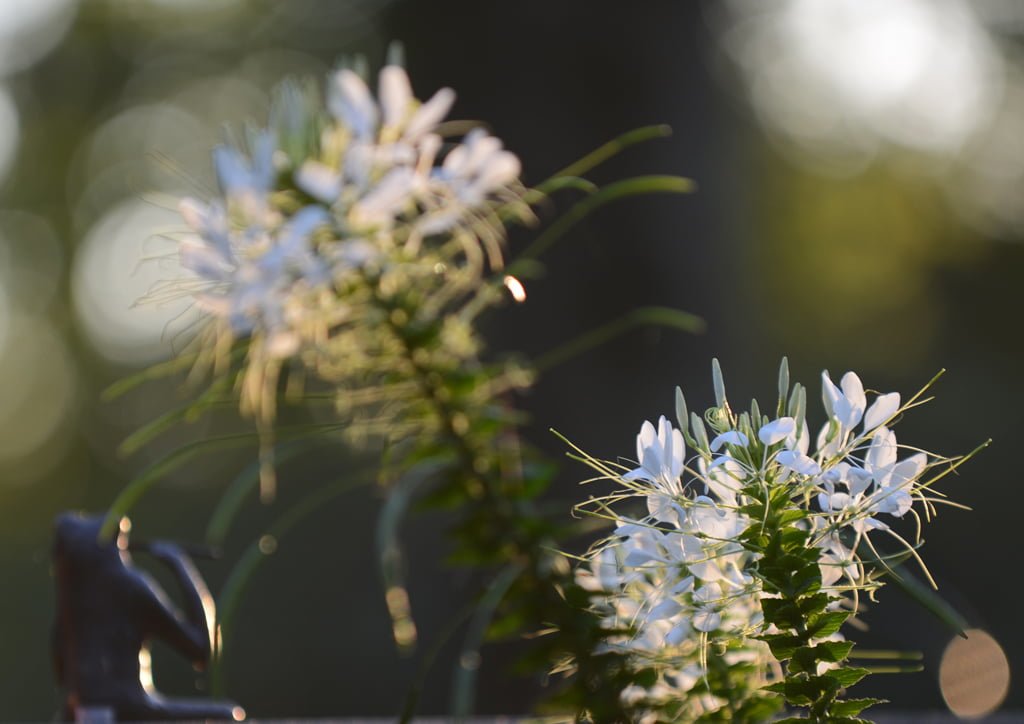
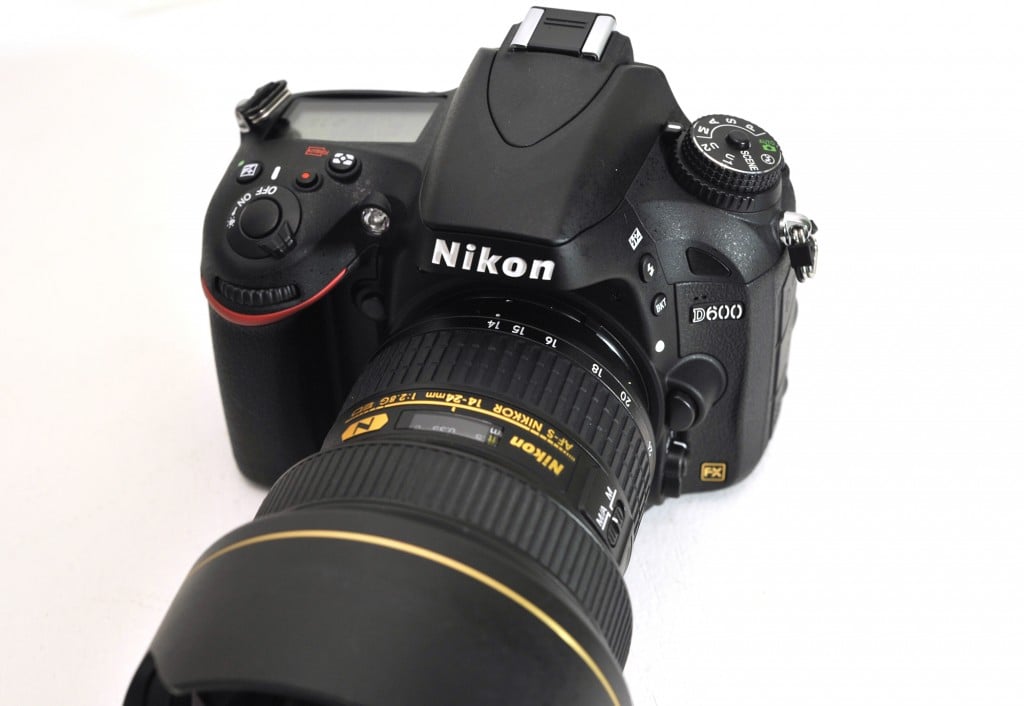

However, this scene changed when more programmers became aware of virus
programming and started building viruses that manipulated and destroyed data on infected computers.
The says of free proxies and tunnelling services
are over, and as the Chinese government begins to tighten its grip on what comes in and out of the
country informationally speaking, the need for a vpn to bypass internet censorship in China grows every
day. For more information visit: security gives you the protection from all kinds of worms, viruses and other problems.
I’ve read a few excellent stuff here. Certainly worth bookmarking for revisiting.
I surprise how so much attempt you set to create this kind
of excellent informative site.
Thanks for yokur mrvelous posting! I quite enjoyedd reading it, you are a great author.
I will be sure to bookmark your blog and will eventually come
back down the road. I want to encourage you to ultimately cotinue your great job, have a nice evening!
Also visit my blog post – cheap bandage dress online
You really make it seem really easy together with your presentation however I to find this topic to be actually something which I feel I would by no means understand. It kind of feels too complex and extremely large for me. I’m looking forward for your next put up, I will try to get the dangle of it!
I had my mind set on getting the D600 but with the recient announcement of the D7100 I am no longer sure. The specs on the D7100 seem to out preform the D600 but it lacks the full frame sensor. I would be interested in hearing your thoughts. If I go with the D7100 I can get better glass to go with it, the good low light performance I want, good frame rate and the better exposure bracketing. I think the D7100 is the way to go for me now but I am interested in hearing your thoughts. Thanks.
Hi Tom,
I’m looking at getting a camera for work and comparing a few Nikon models from the D600 and lower. I looked at the reviews, including this one, of course, and the one nagging thing about it is something to do with the oil splatters from the mirror motor or something along those lines. Essentially, the lubricant on a moving part can splatter on the sensor and in turn collect dust (at least that’s my understanding, I may be off slightly). Are you aware of that problem? Have you had it yourself and is it something you can only notice if you’re paying extremely close attention? I’m not sure if we’ll be able to swing this camera or not, but it’s currently my the one I’d most like if I can get it.
Dave
I had that issue with mine after about 10k actuations, but sent it into Nikon and they replaced a part and now all is well. I’ve heard the newer ones don’t suffer from the problem.
With the 70 200 2.8 how did you feel the AF was with the 600? is it faster than the 700?
I haven’t noticed a difference, but I’ve never compared them head to head in similar situations.
Thanks for this in depth review. I already have a D7000 and was looking at a backup for it. But had been considering a full frame camera allowing my D7000 to be the back up. I understand the button differences between the two but I think I can over come that aggravation.
I do believe now that the D600 is for me. I already have a mix of DX and FX lenses so I think it’s time to try out the full frame experience.
Again thanks
Chris
I sold my D7000.I never has focus issues.It was fast and spot on.I ordered a D600 and will receive it next week.However,I am starting to see a lot of postings regarding oil and dust spotting on D600 sensor.I hope that this is not a systemic problem.Maybe I should have waited for production issues to be resolved before ordering mine…
You had this Canuck at “Moose Pies”. Thanks for the great review! From Ken Rockwell to strapping a rock to the D600, you covered it all. I currently have the D7000 but looking at going full frame, so this was immensely informative!
Haha, glad you enjoyed the review!
Great review and very timely! Thanks very much. I’m anxiously awaiting for the UPS delivery of my D600 as I write this. I’ve also ordered the 28-300 as my first and primary Nikon lens.
I started with a Canon T3i about a year ago and have recently begun desiring to upgrade to full frame. I really wanted to stay with Canon, but, I just wasn’t thrilled about the 6D specs. I’ll sell my kit lens and get started with Nikon.
I absolutely love many of your Disney photos. Particularly the night wide-angle ones. Do you have a relatively lower cost FX compatible wide-angle favorite?
I live in Florida and would love to join you for some photography mentoring on a future trip to WDW if you have time.